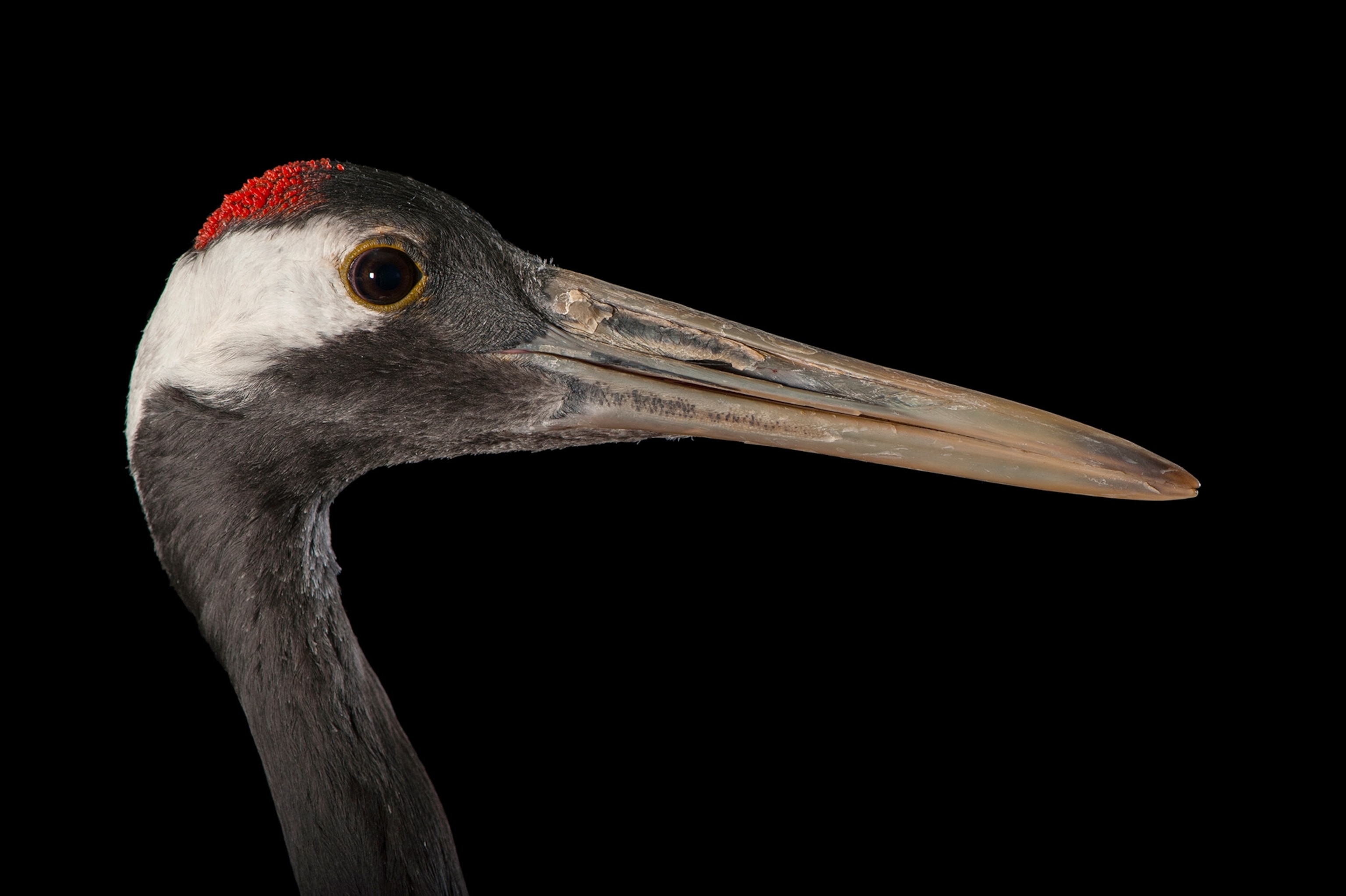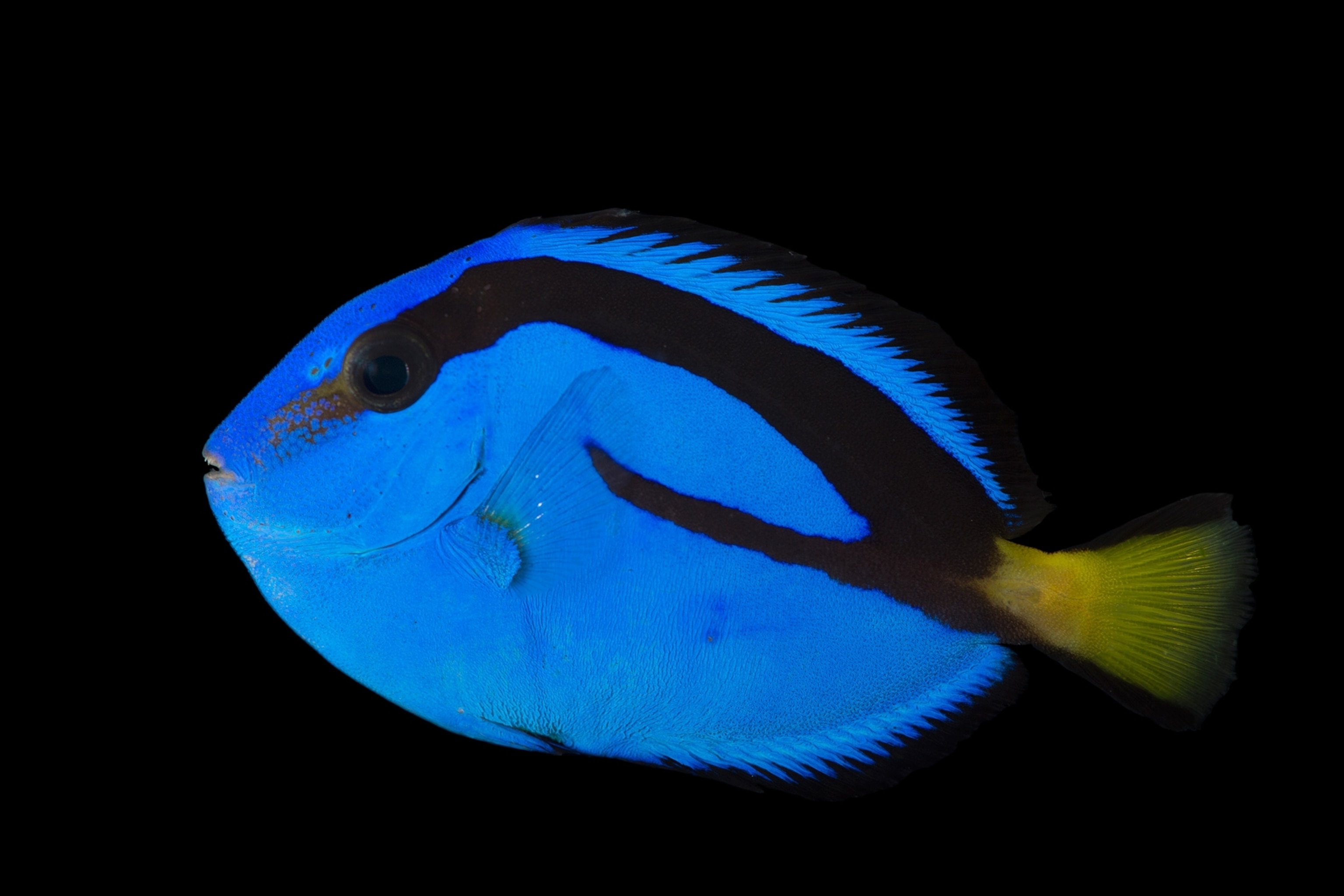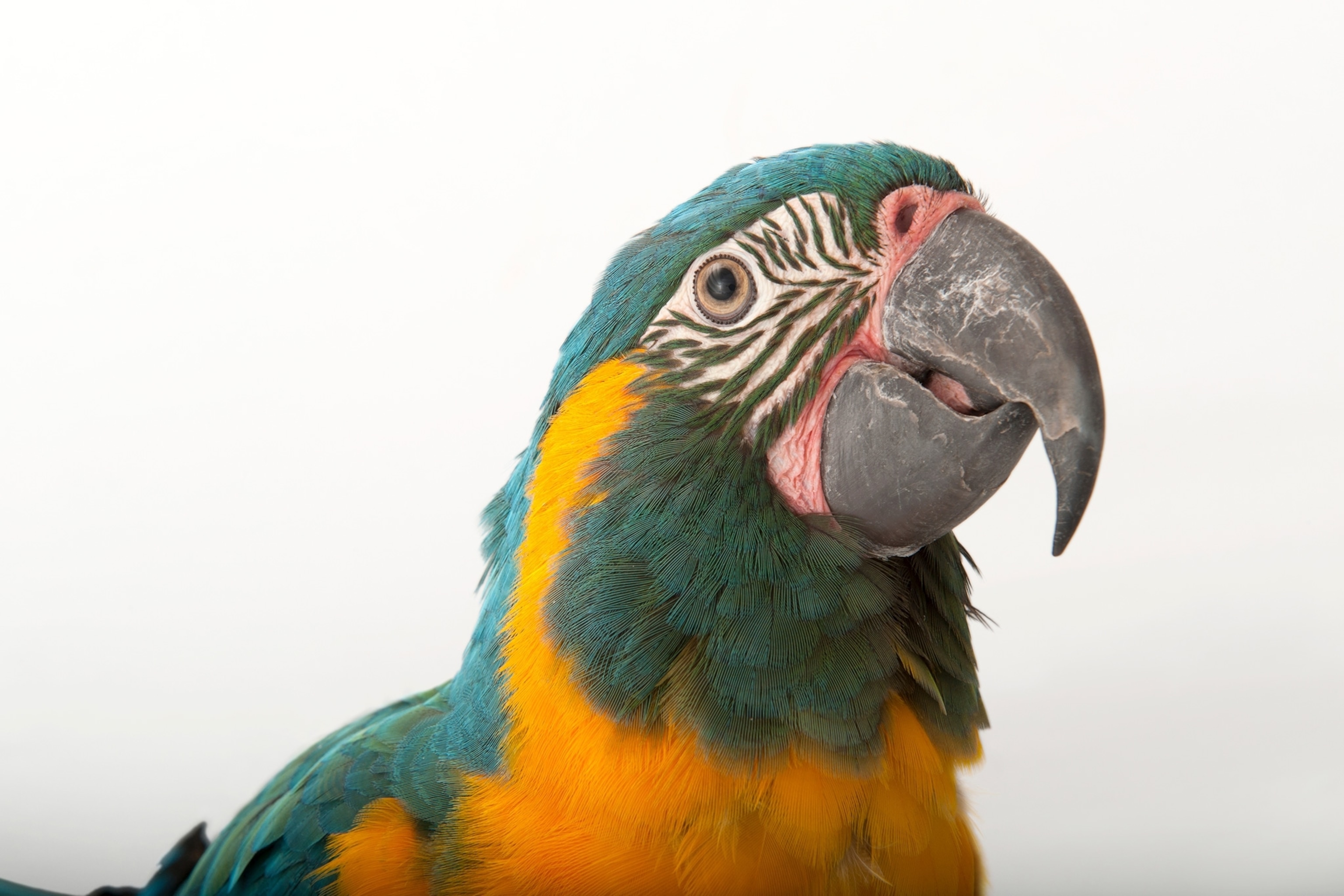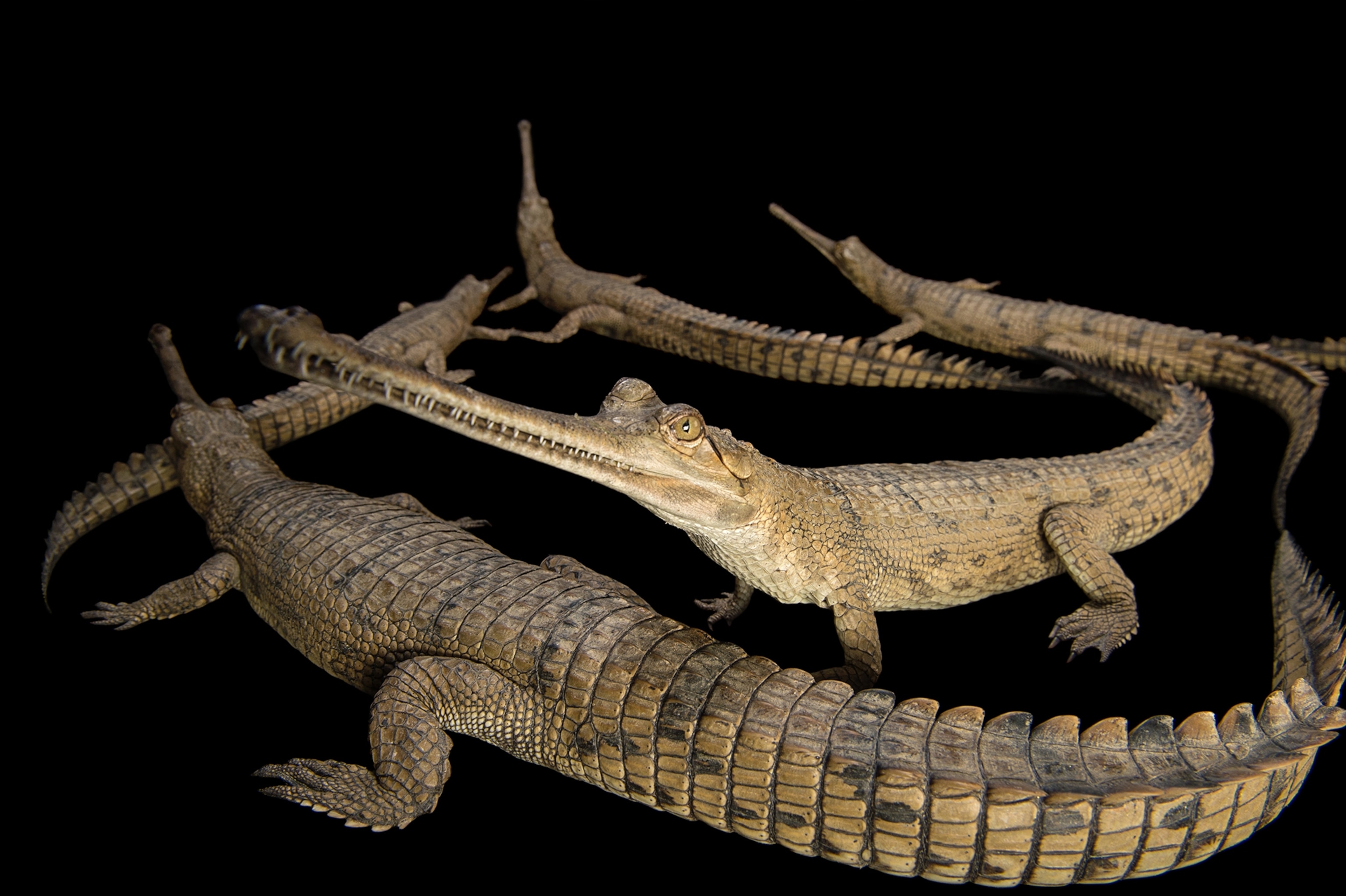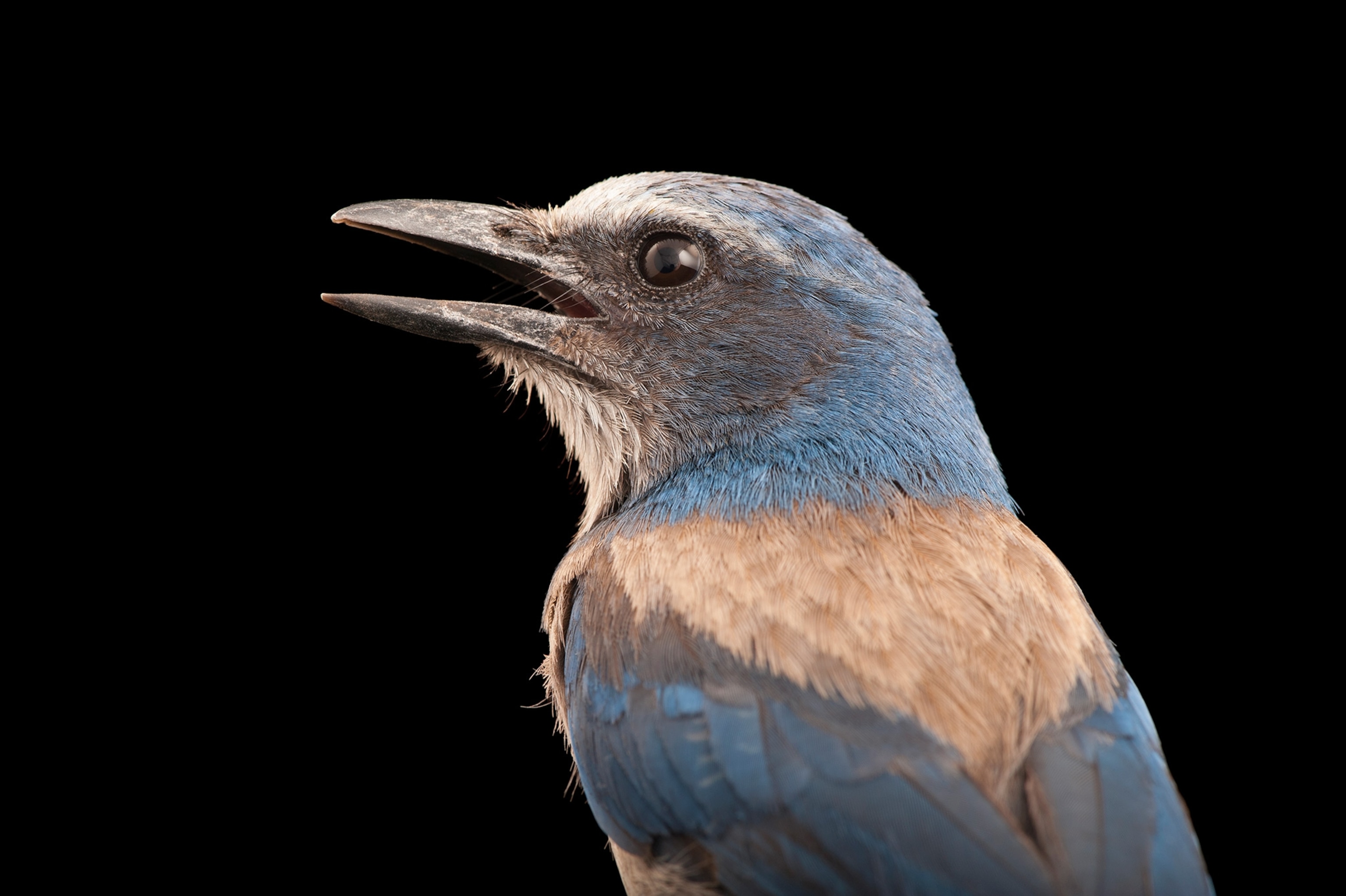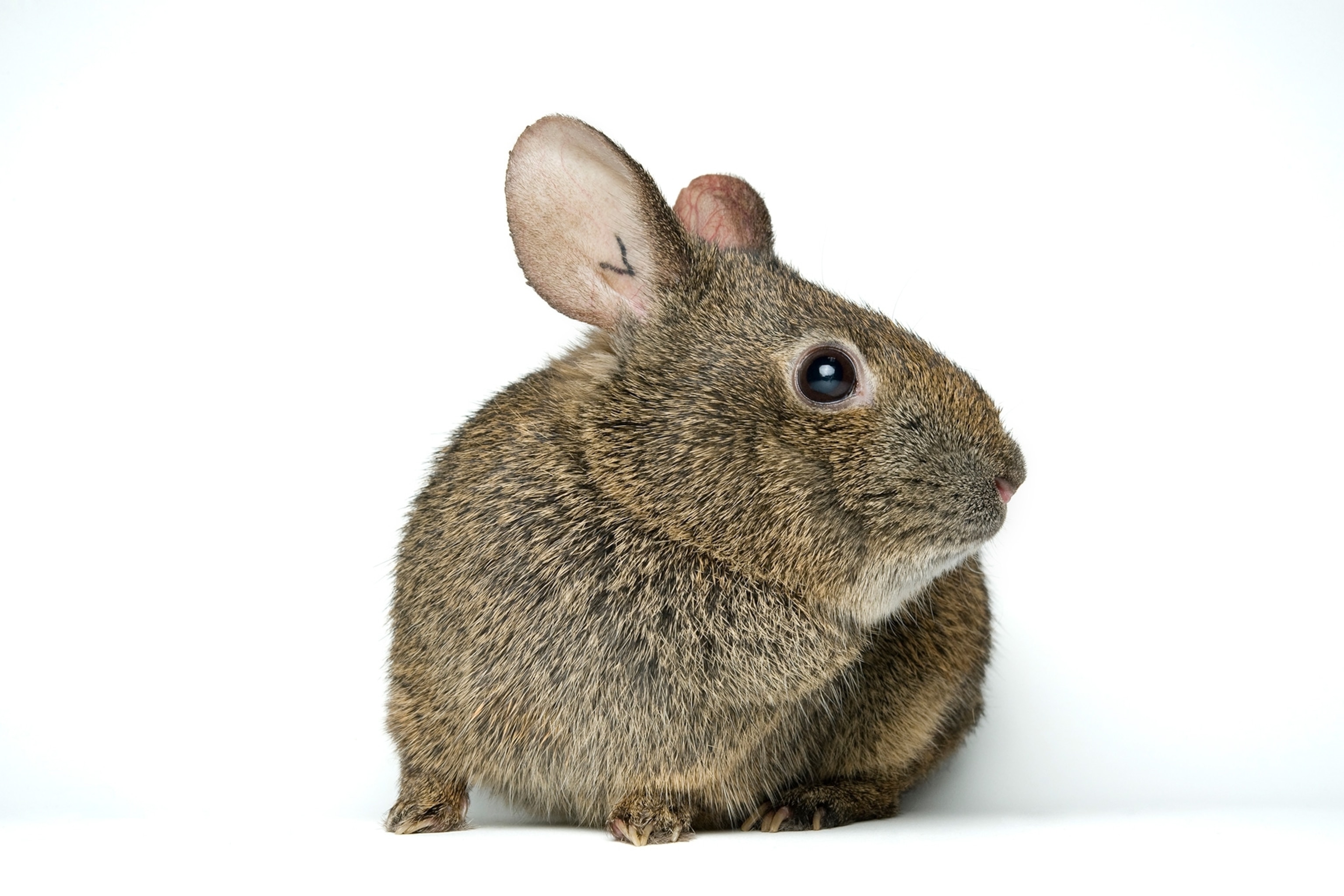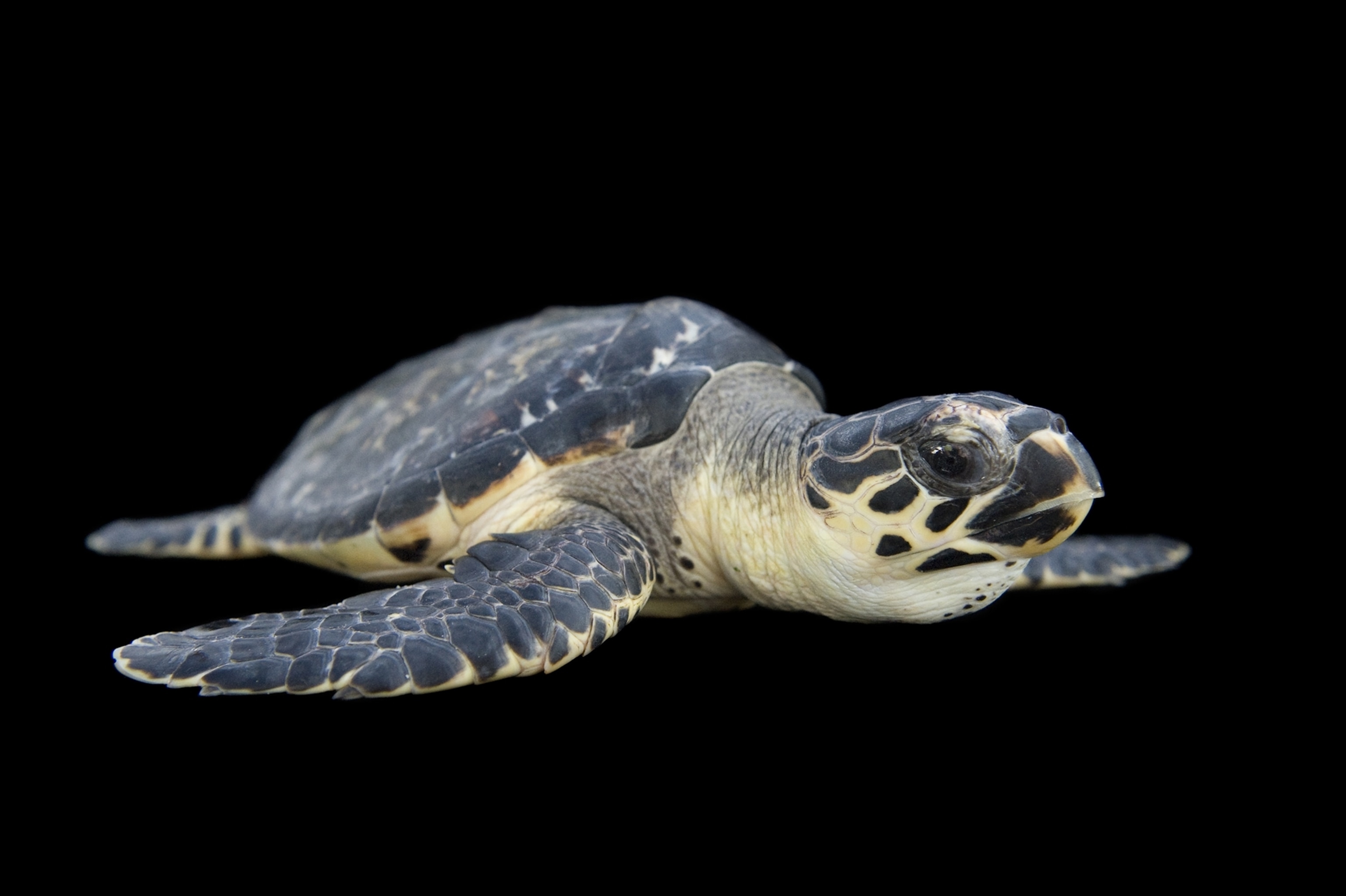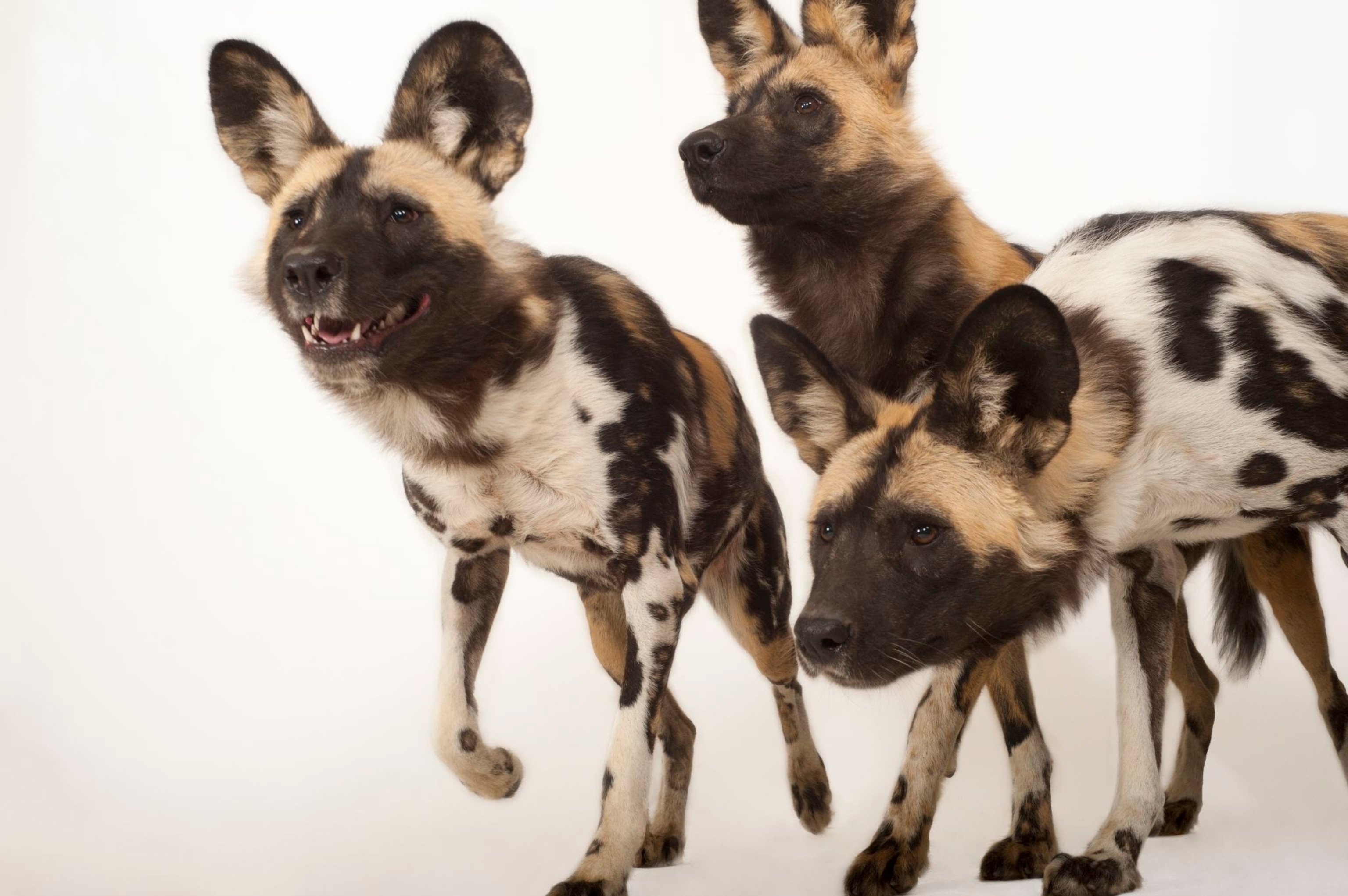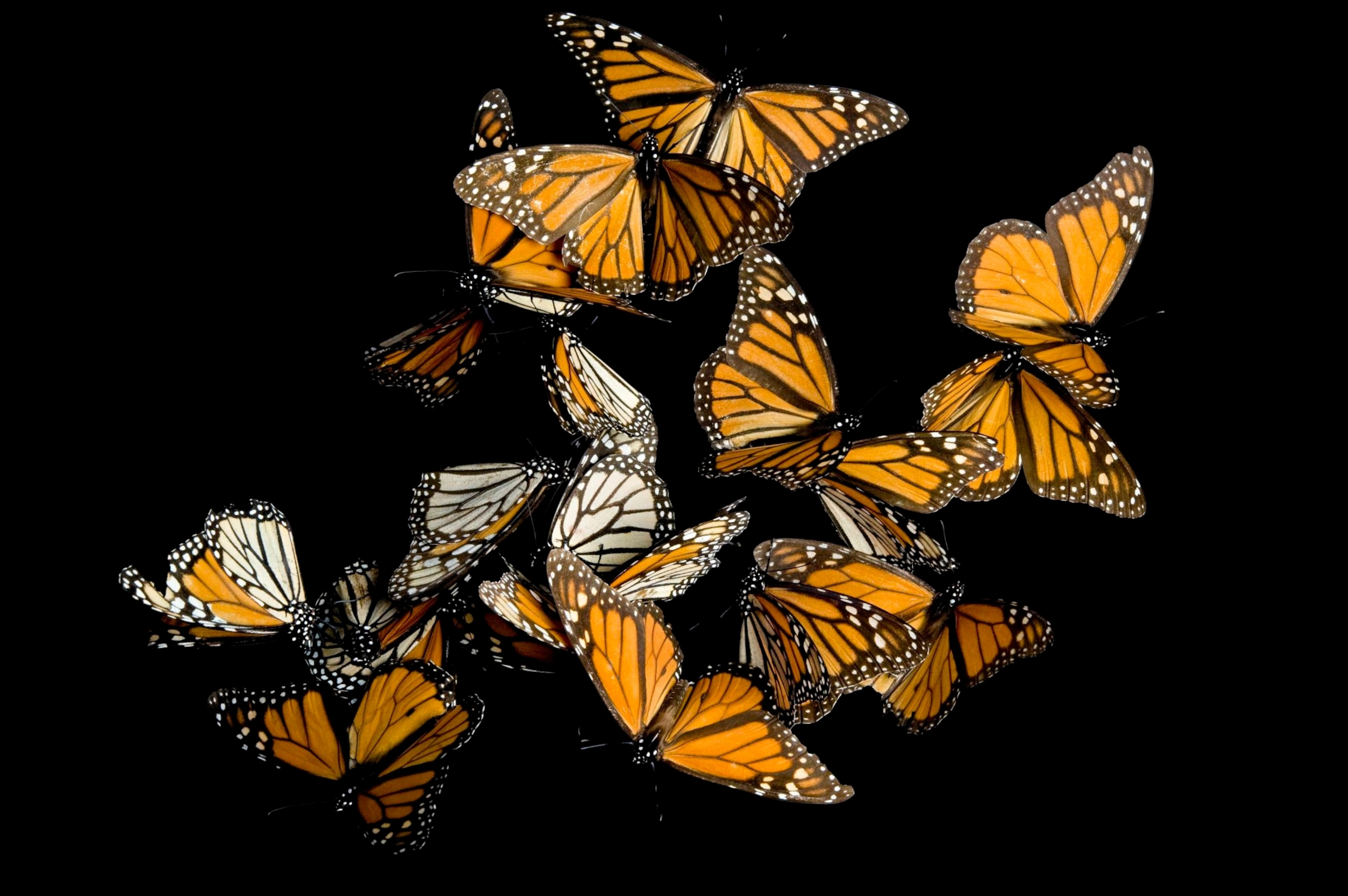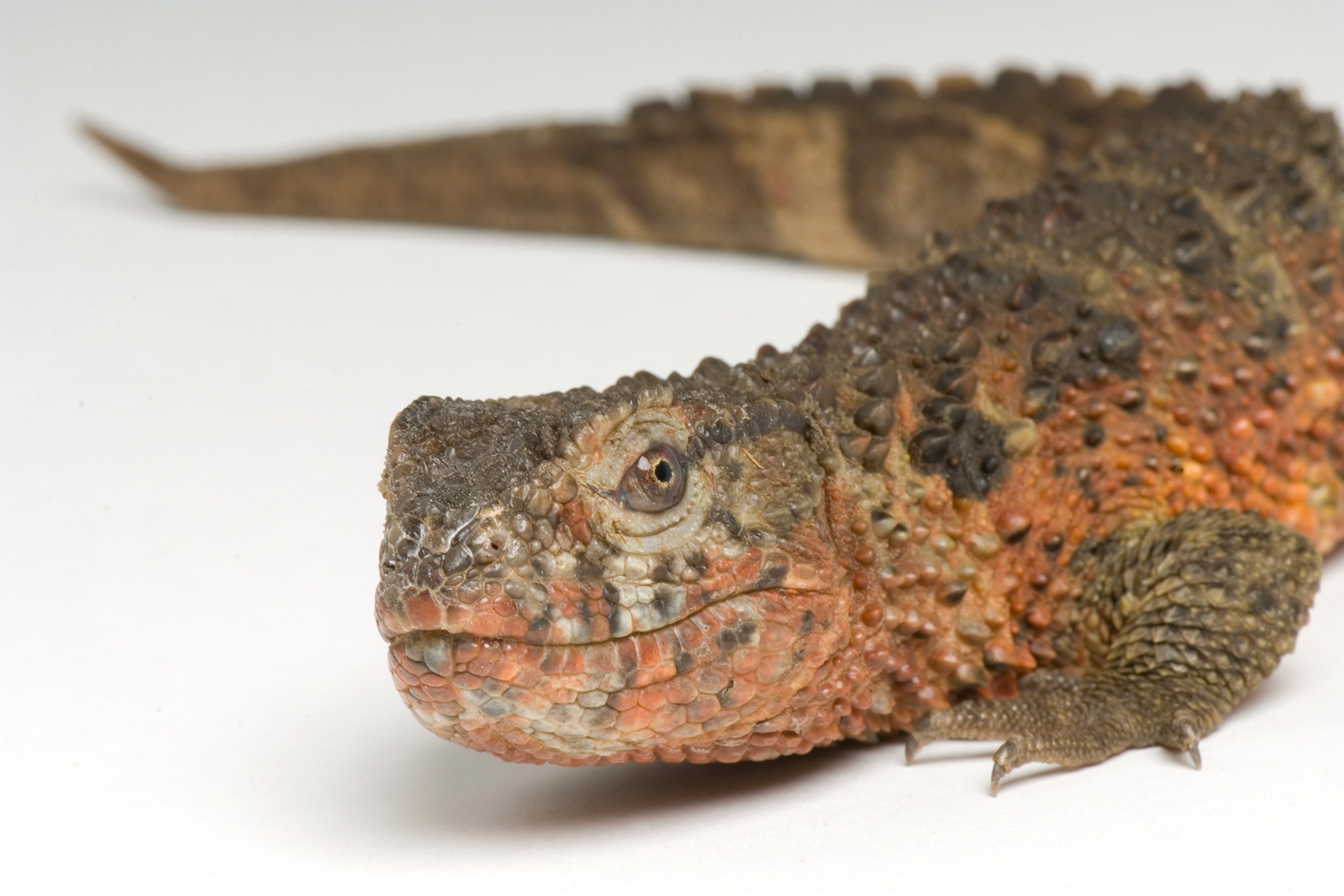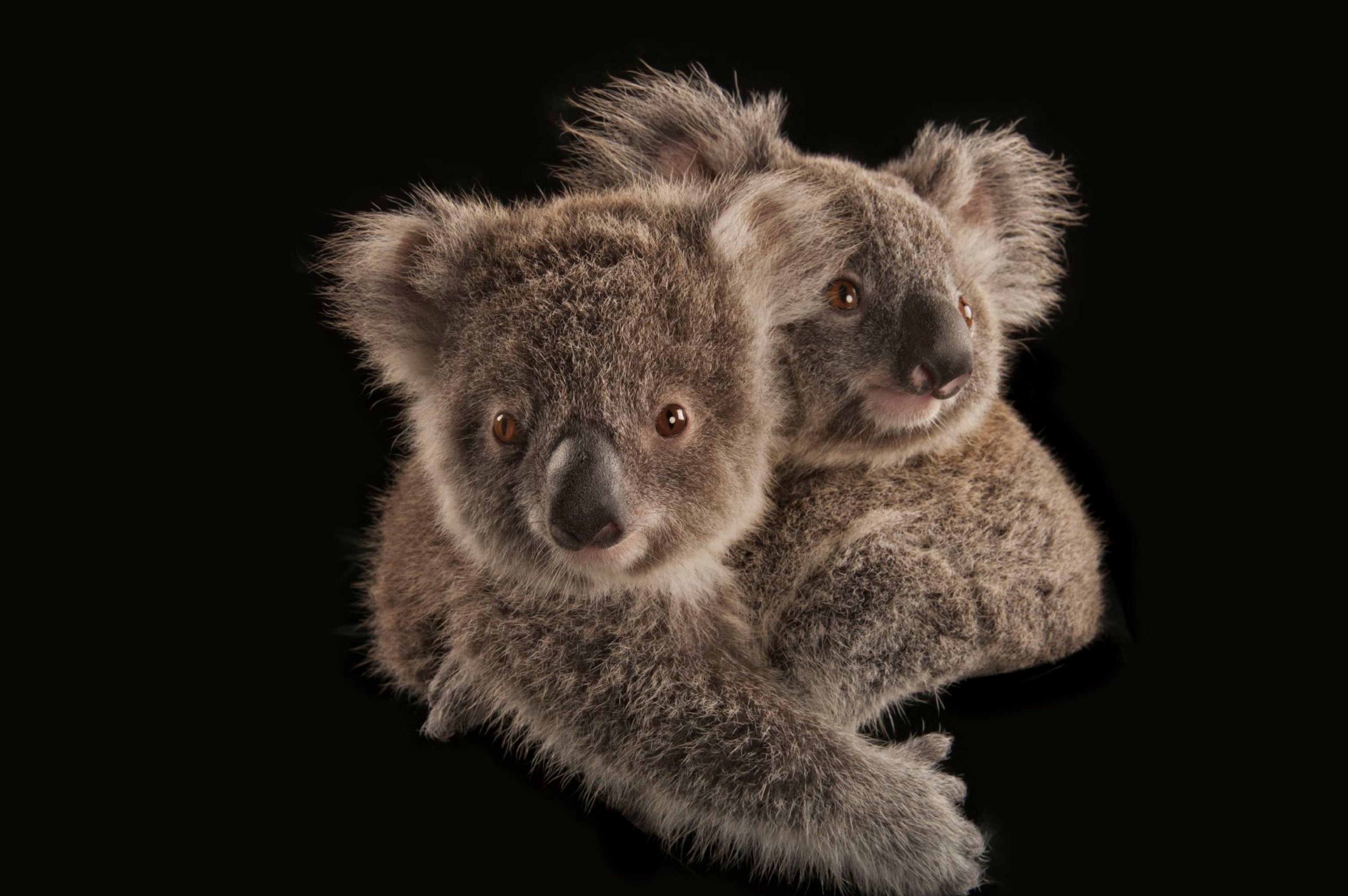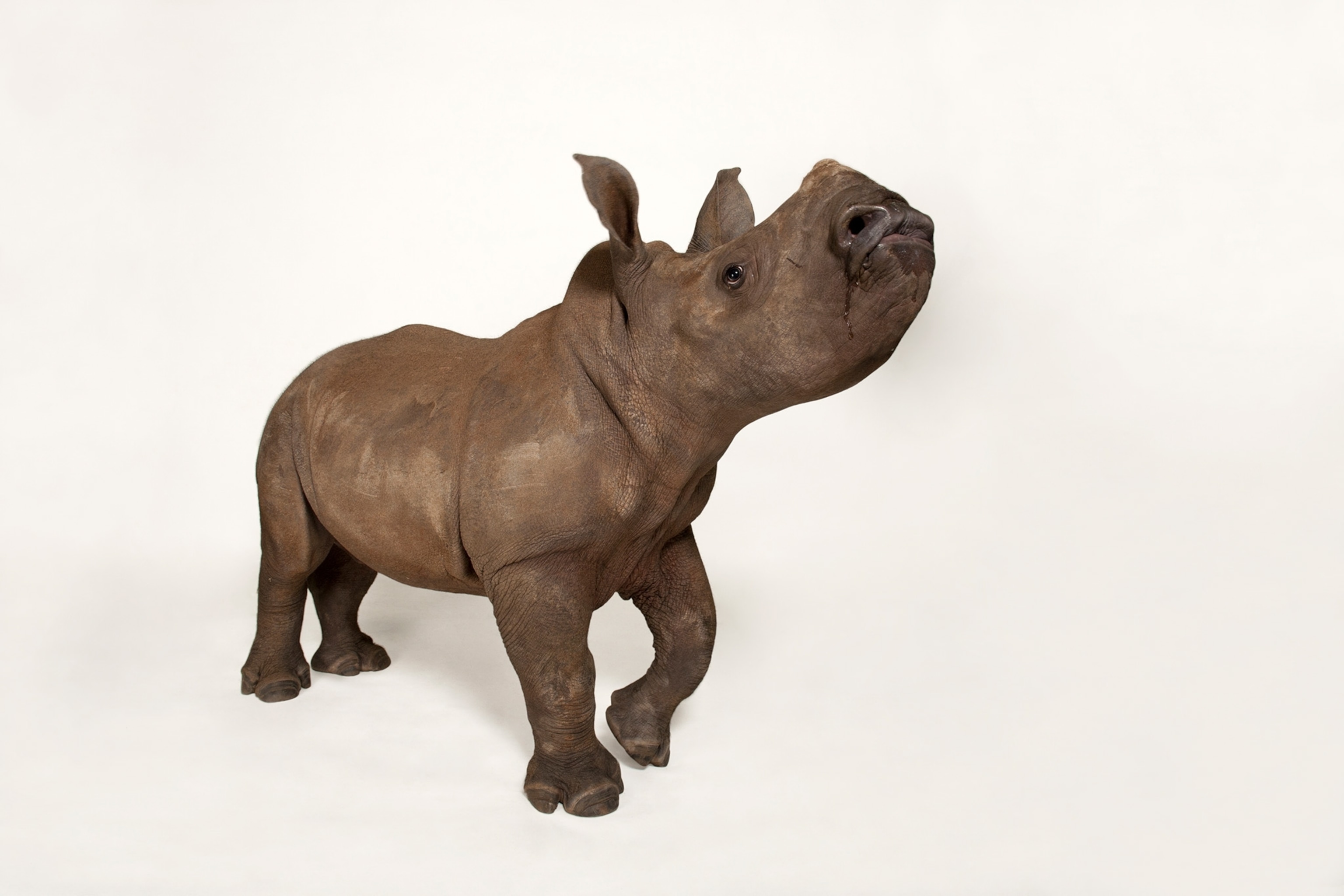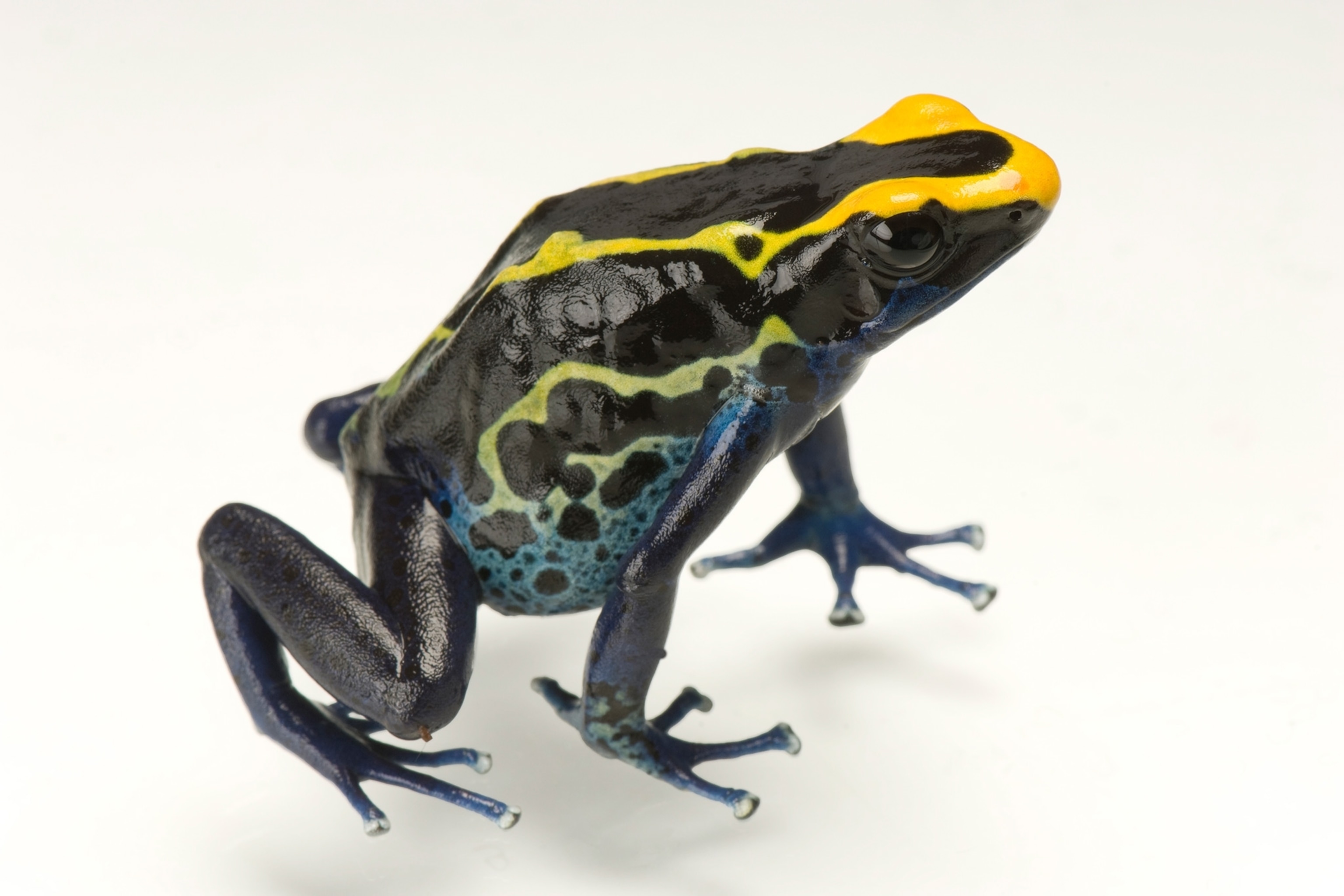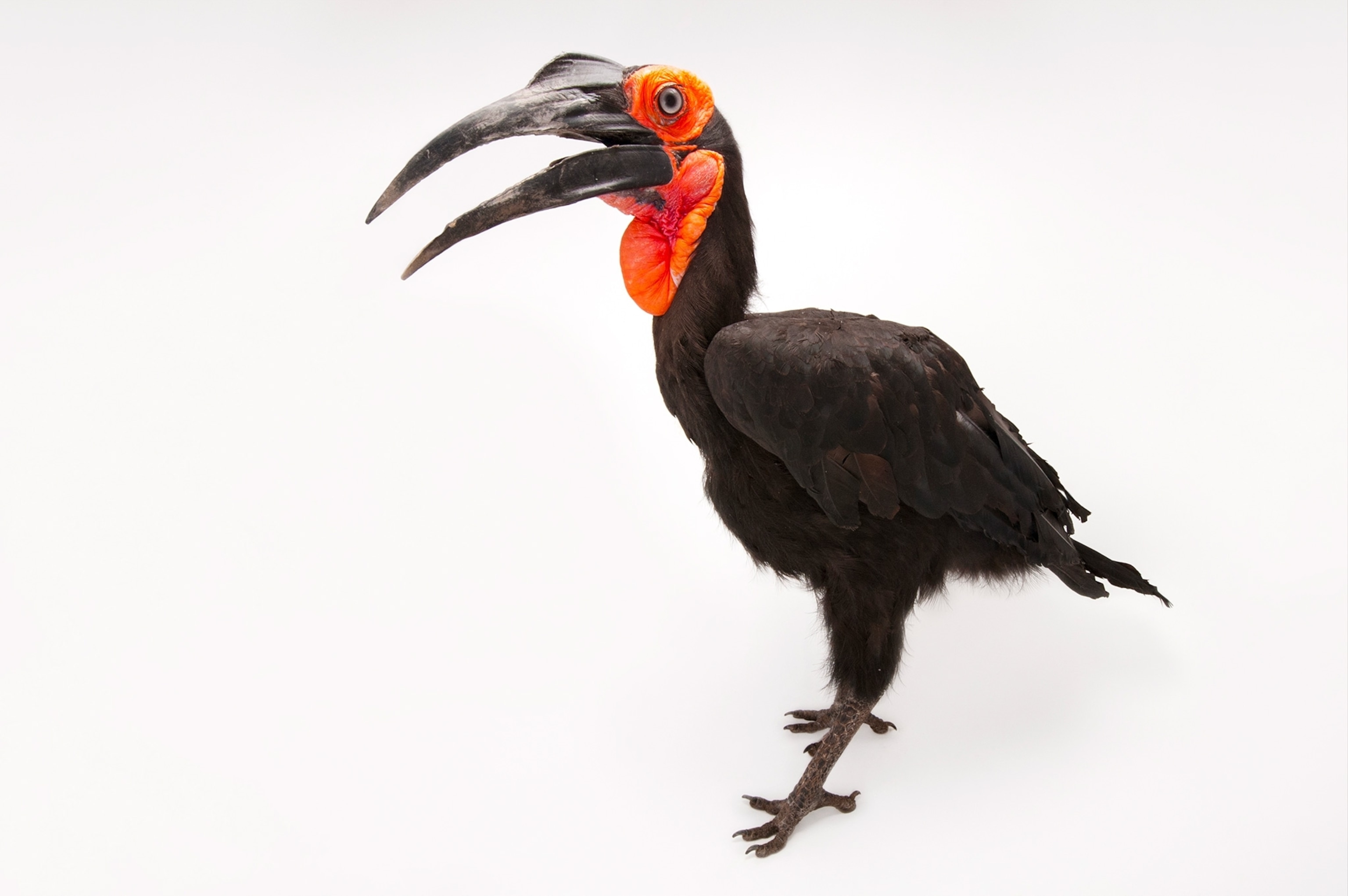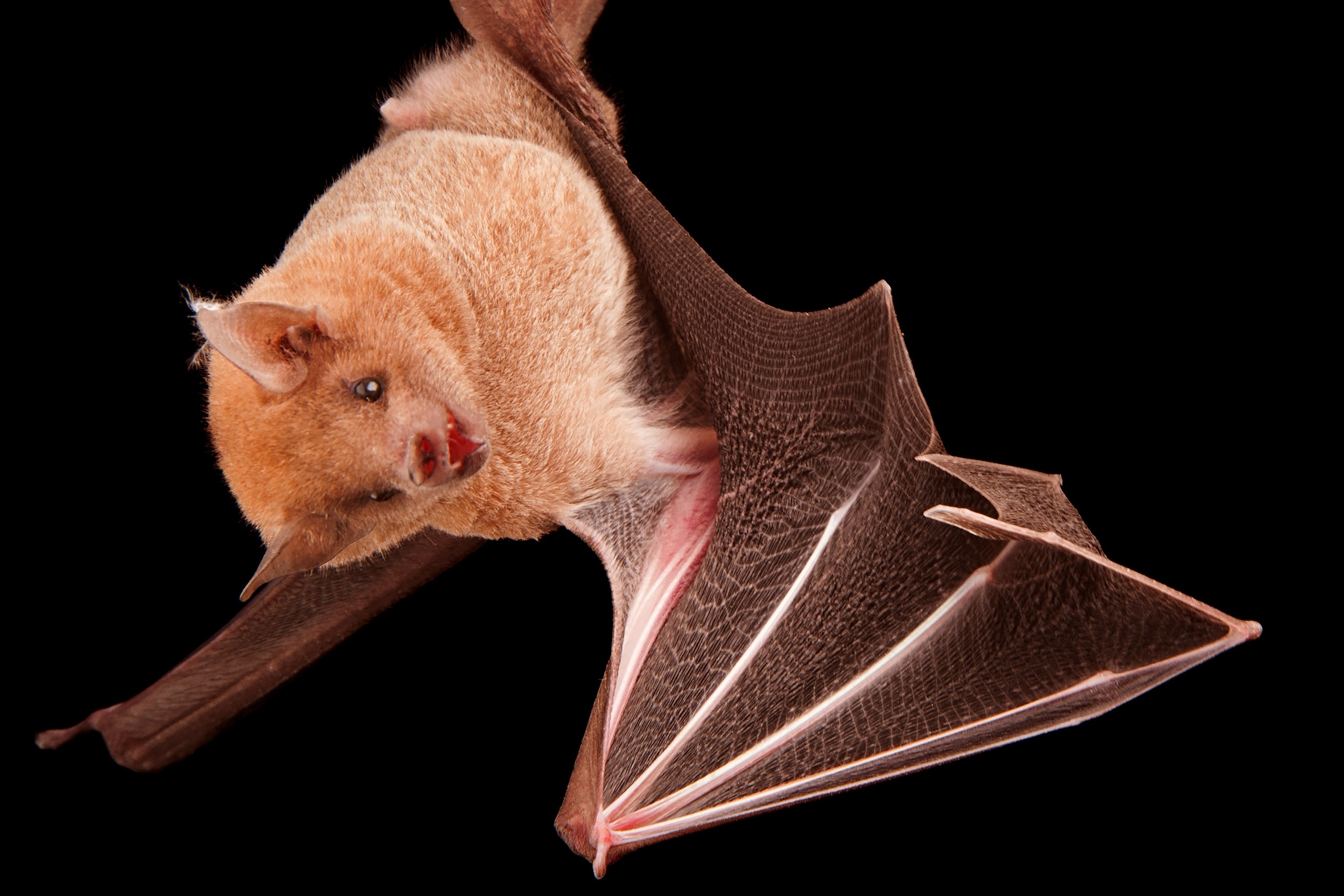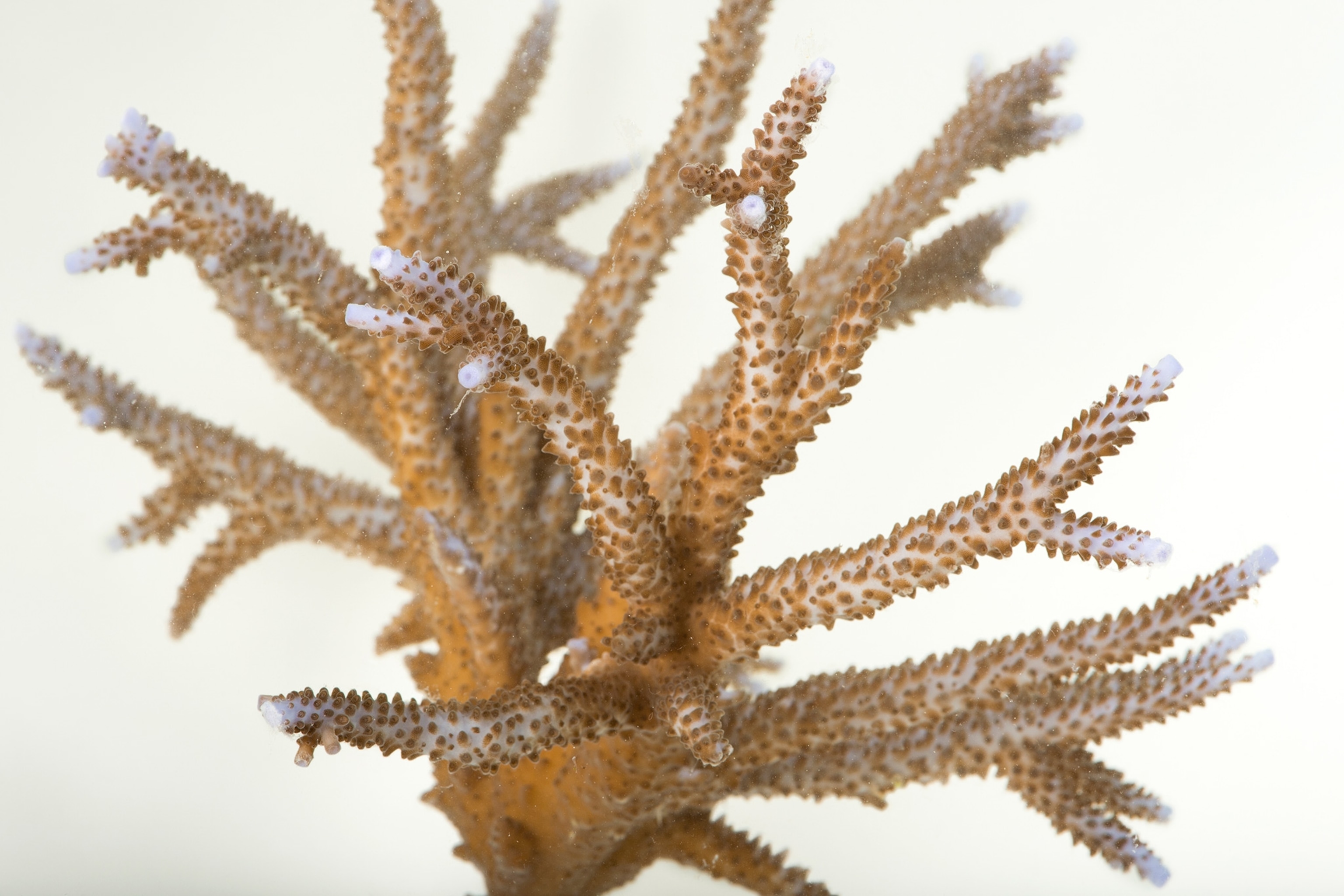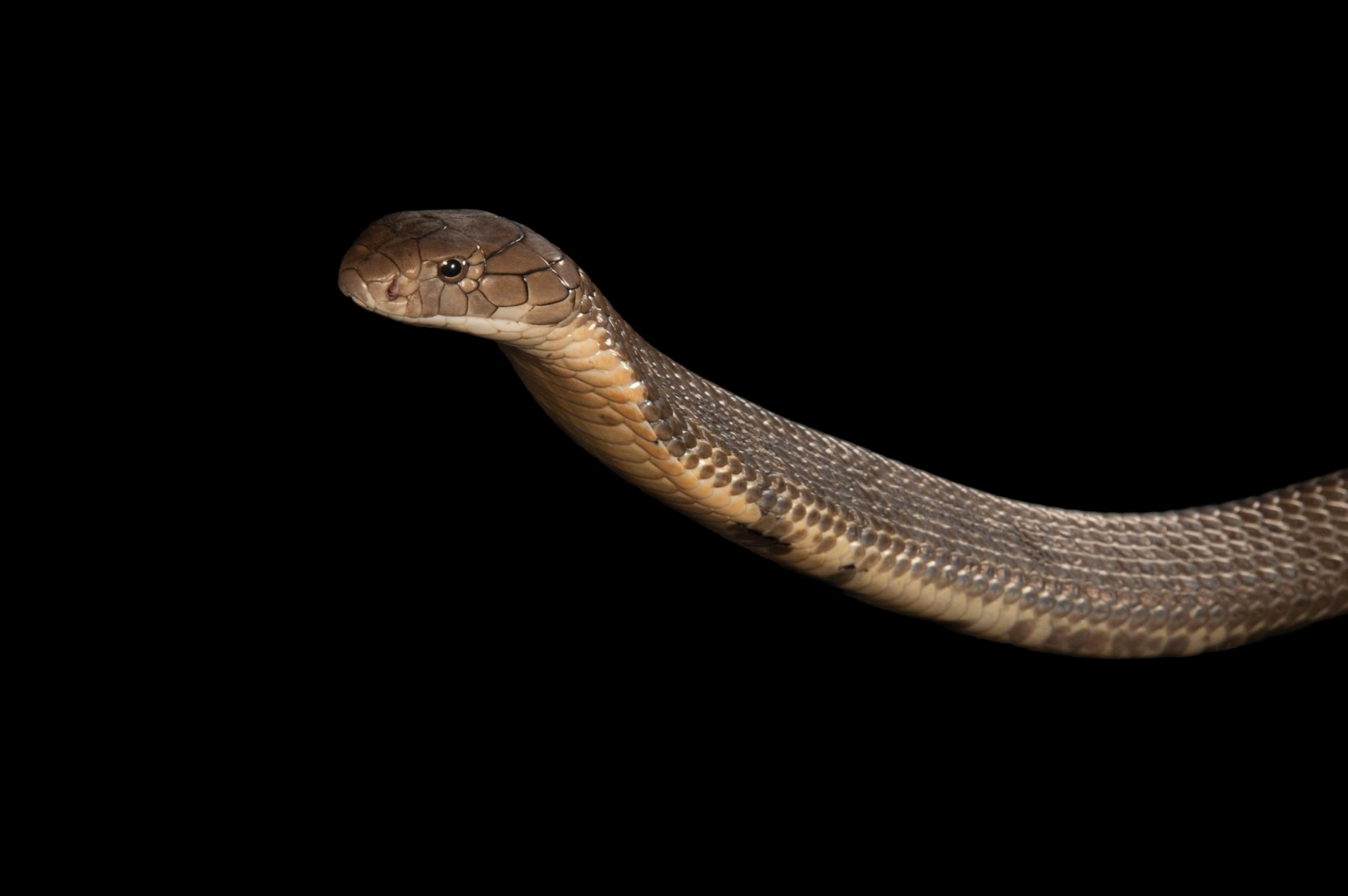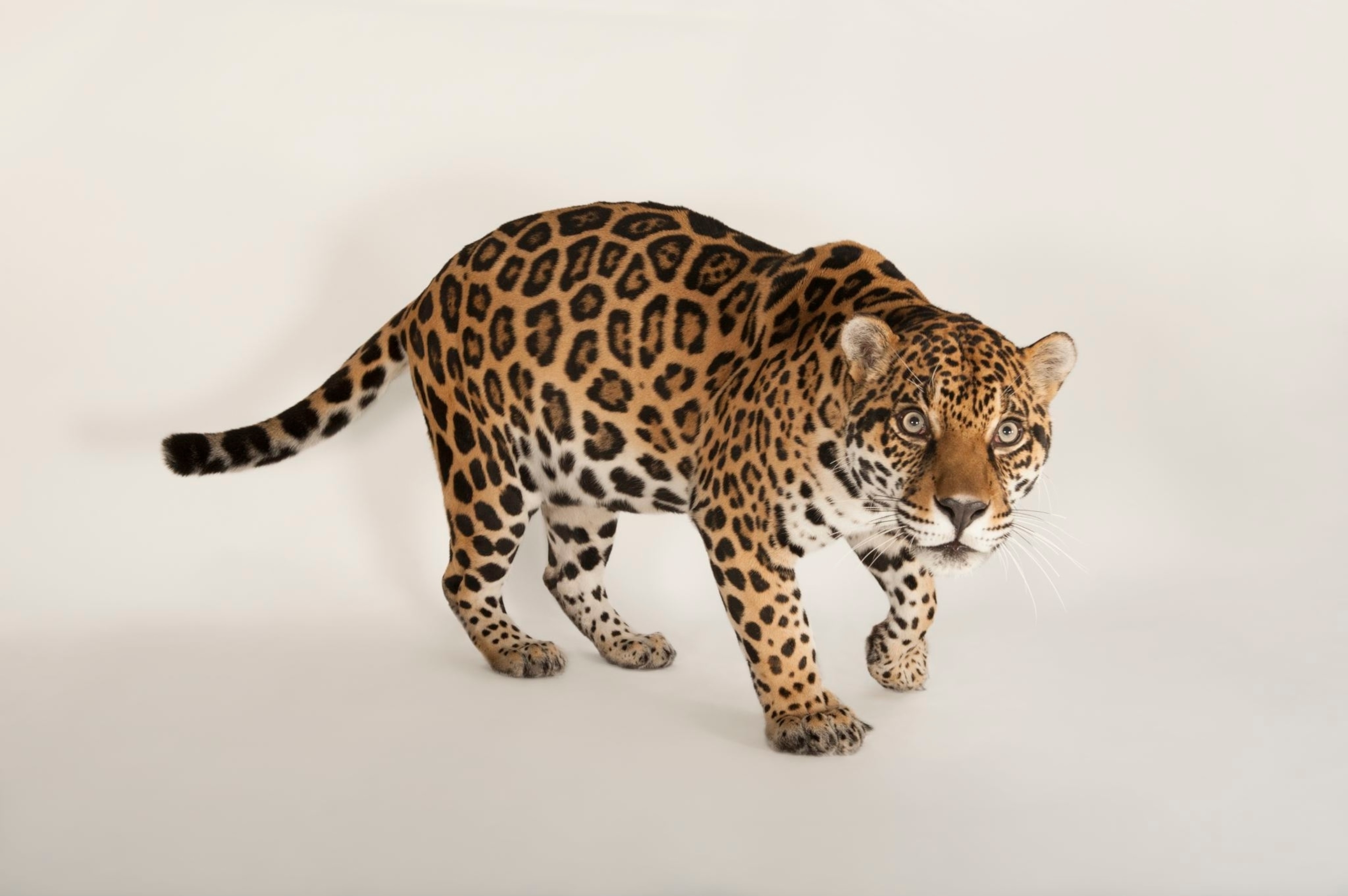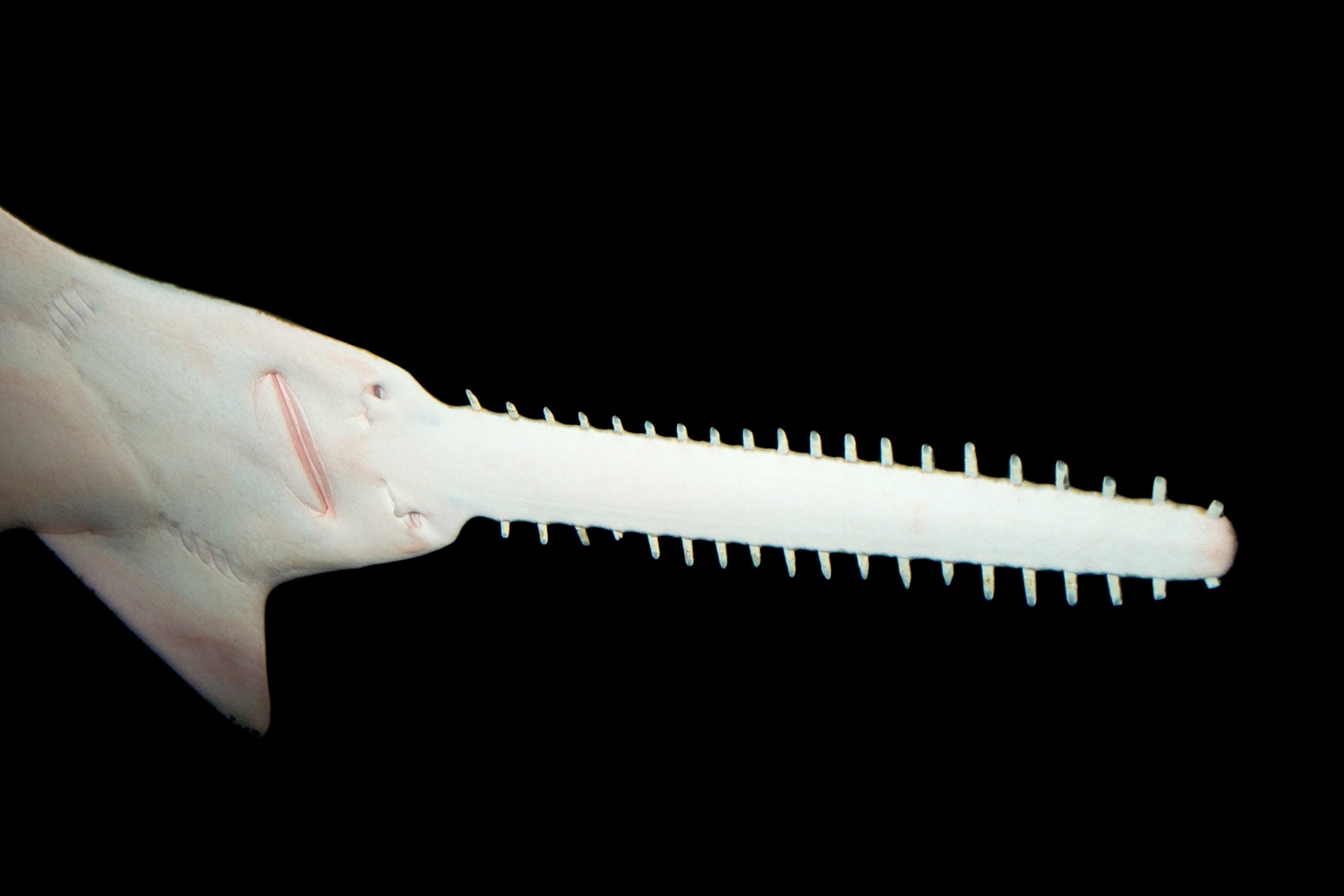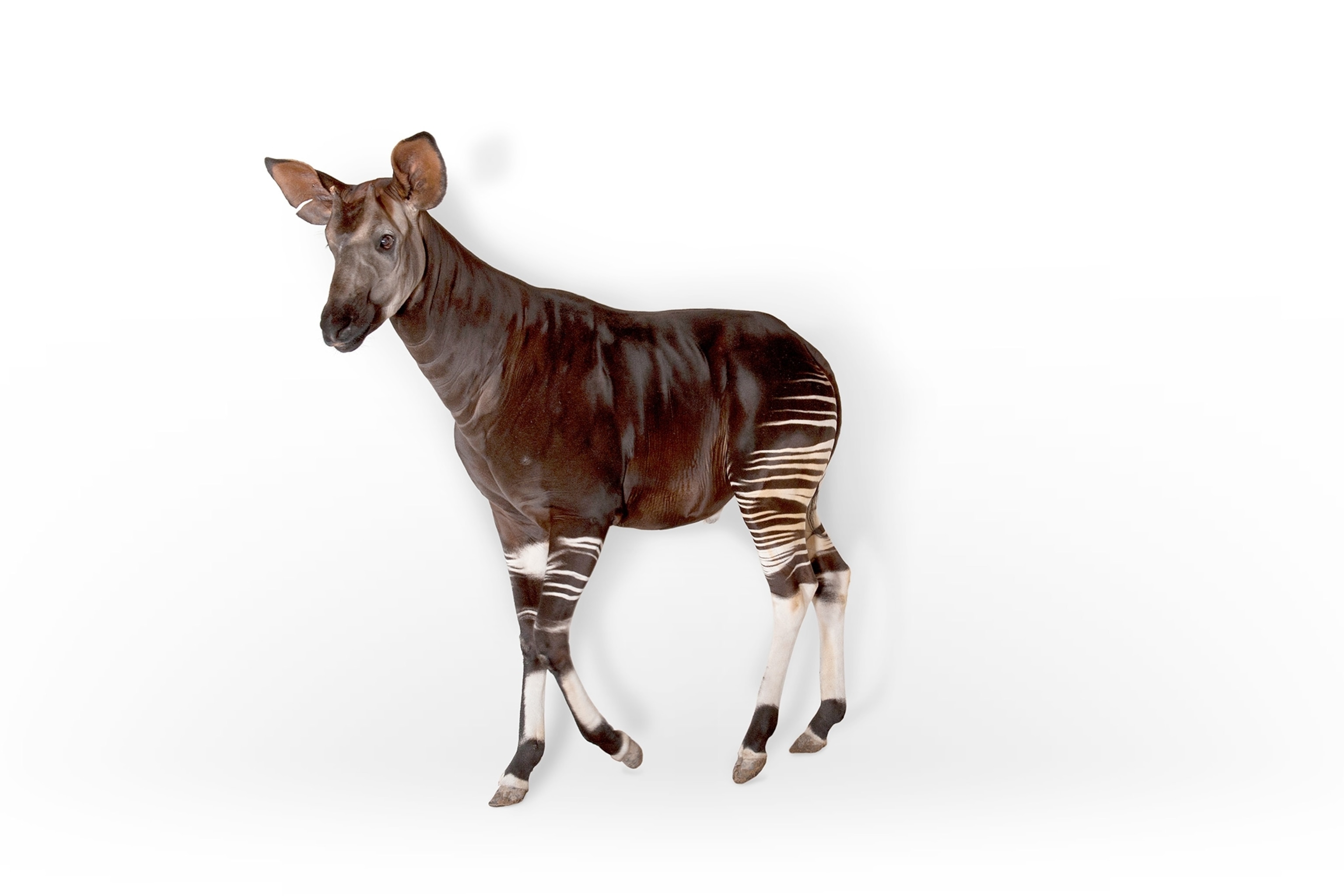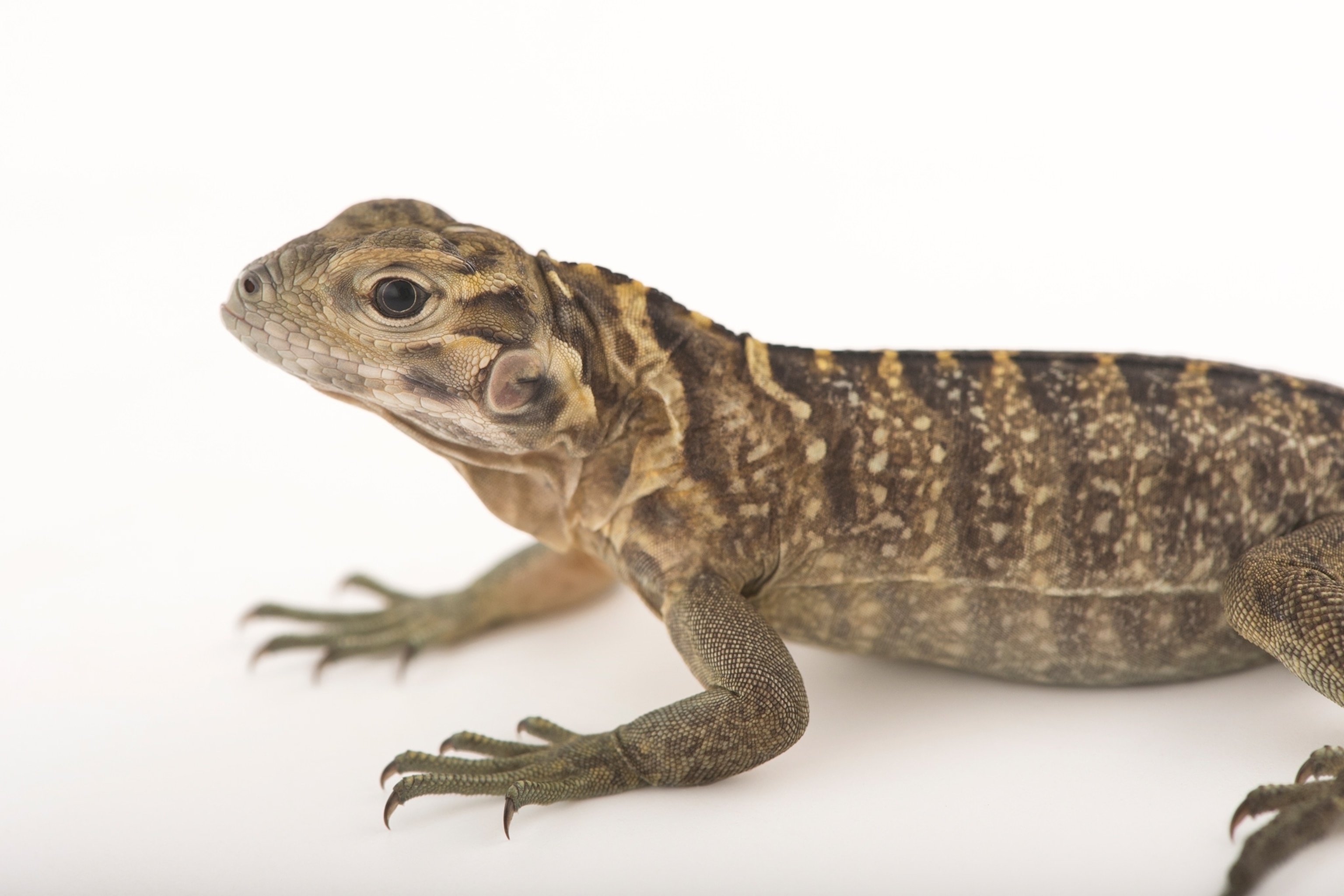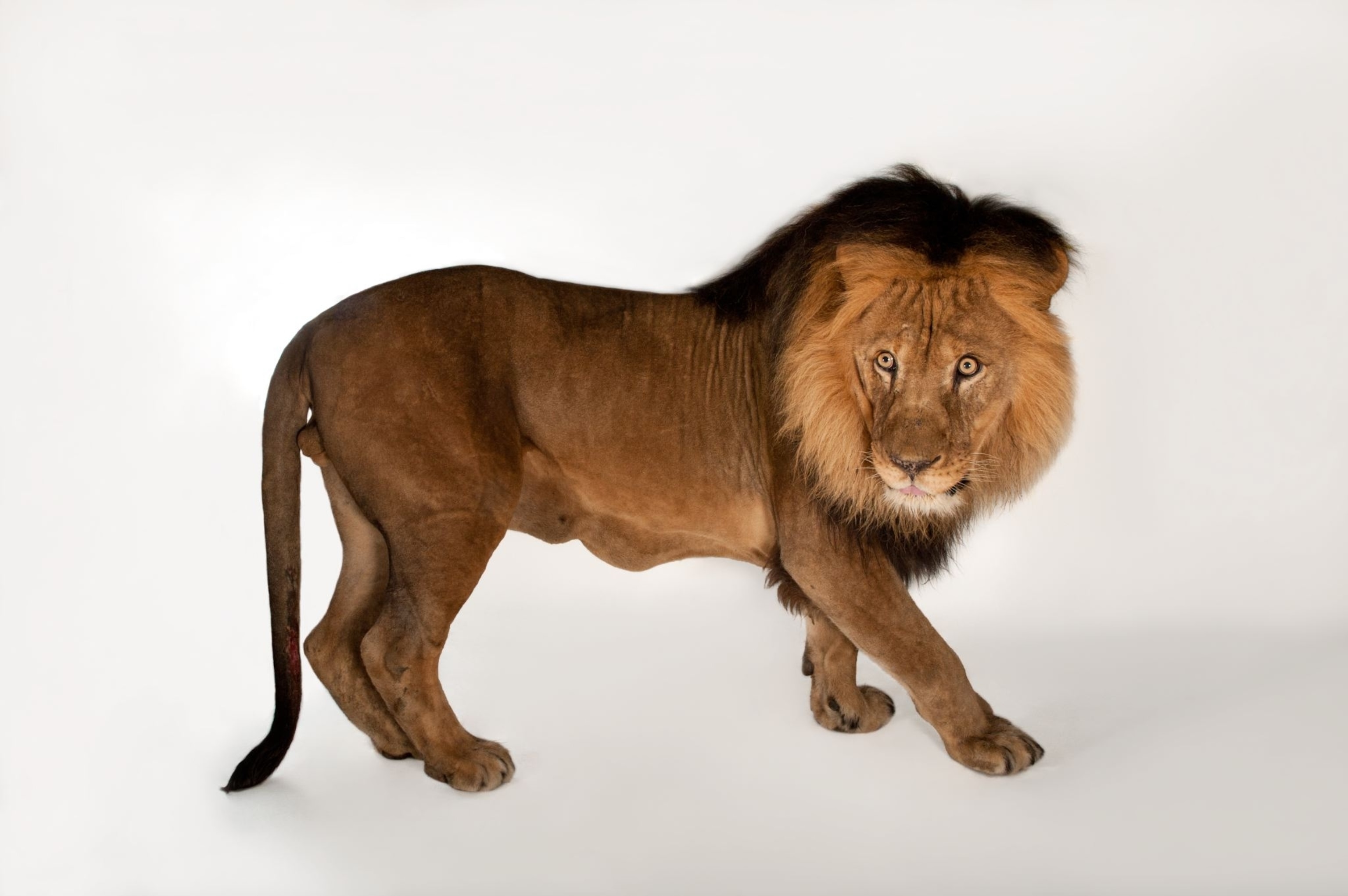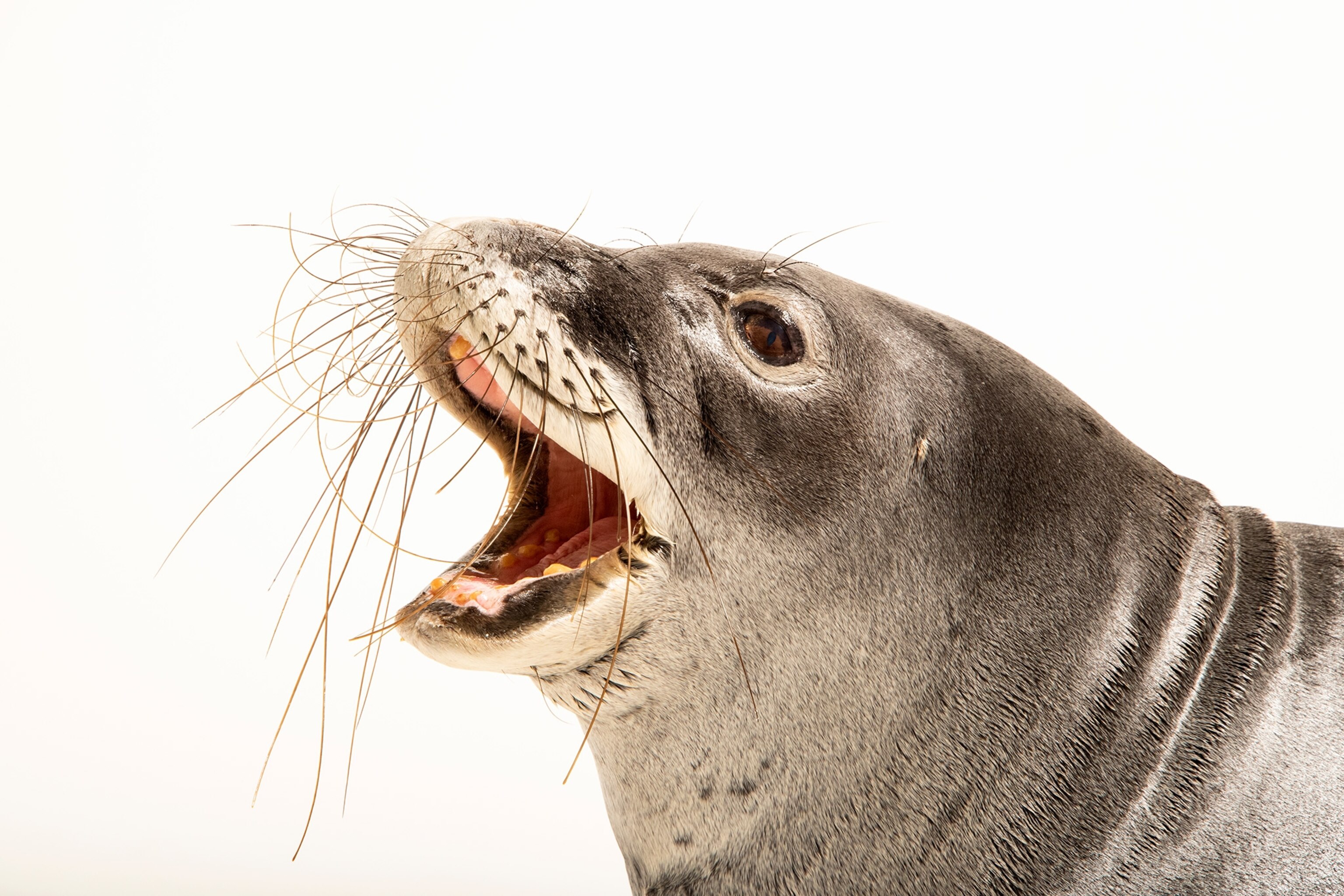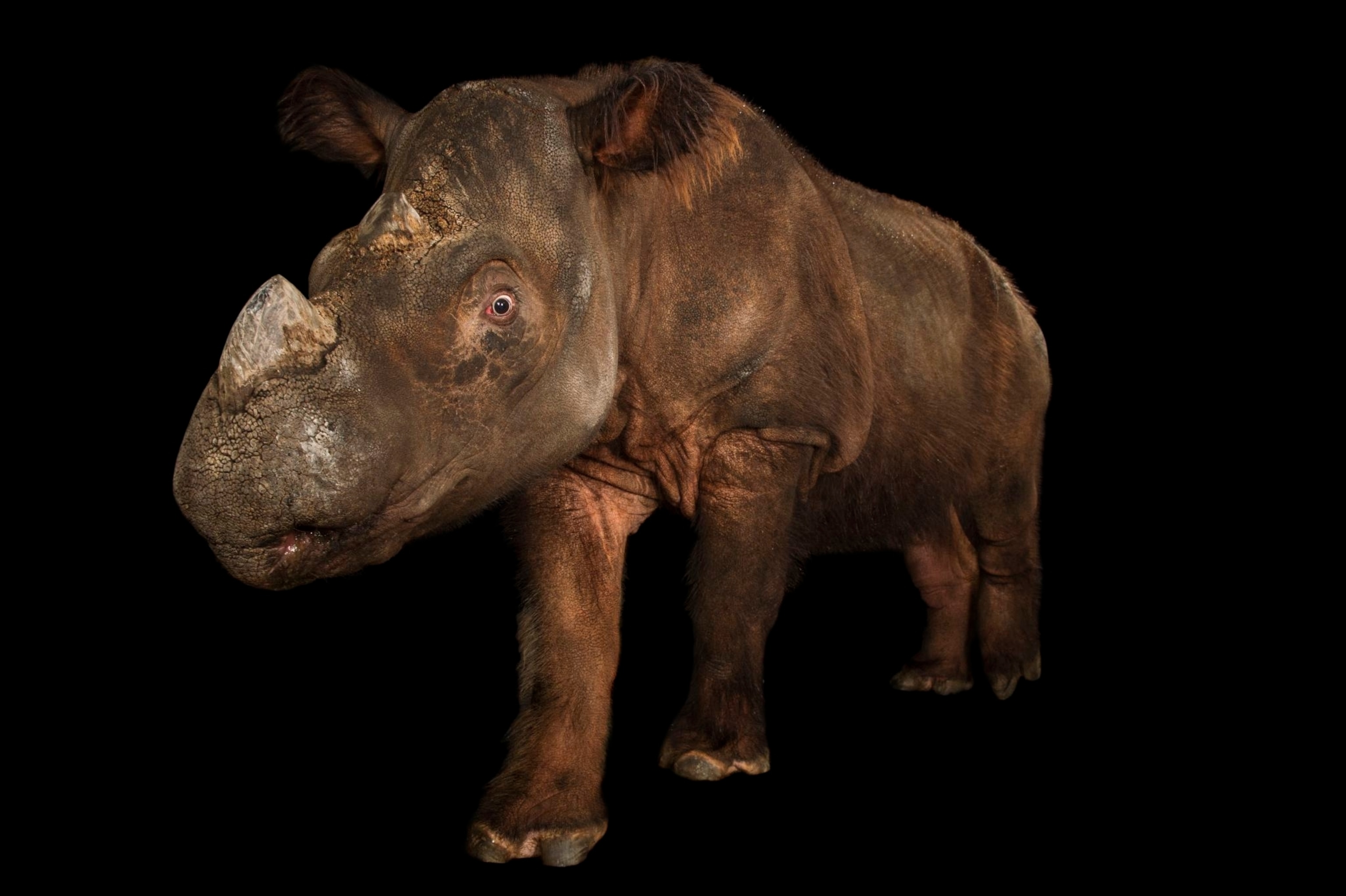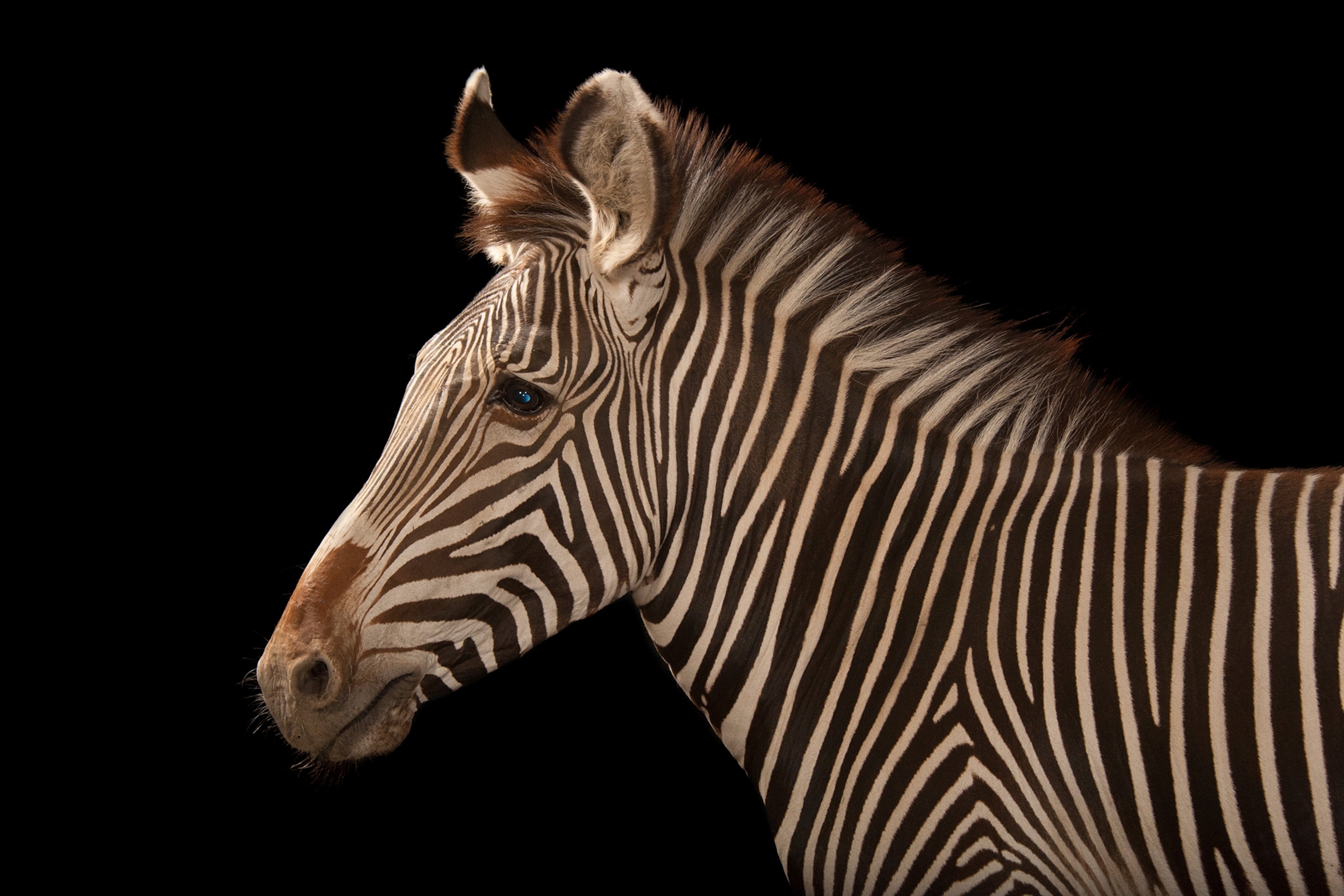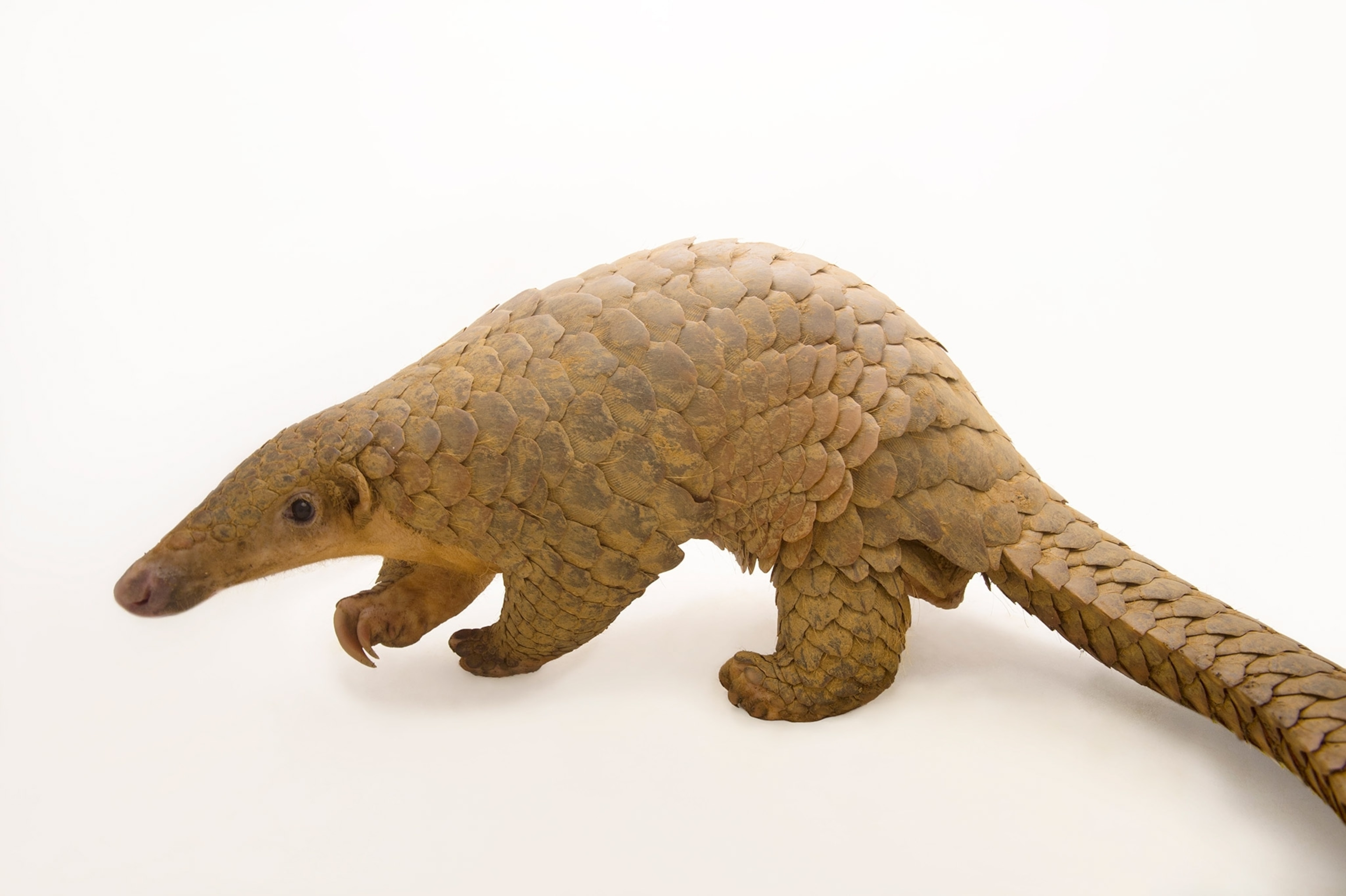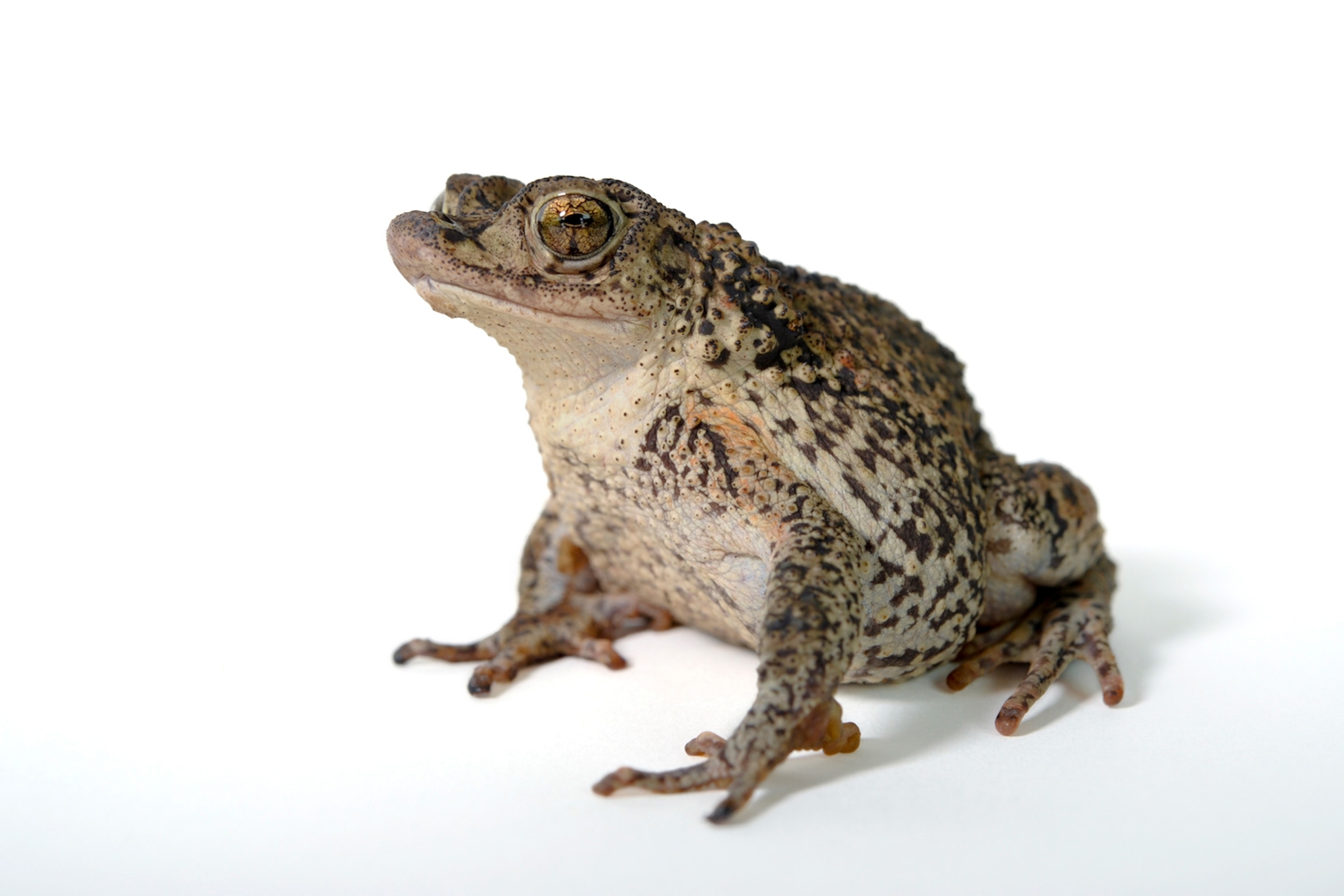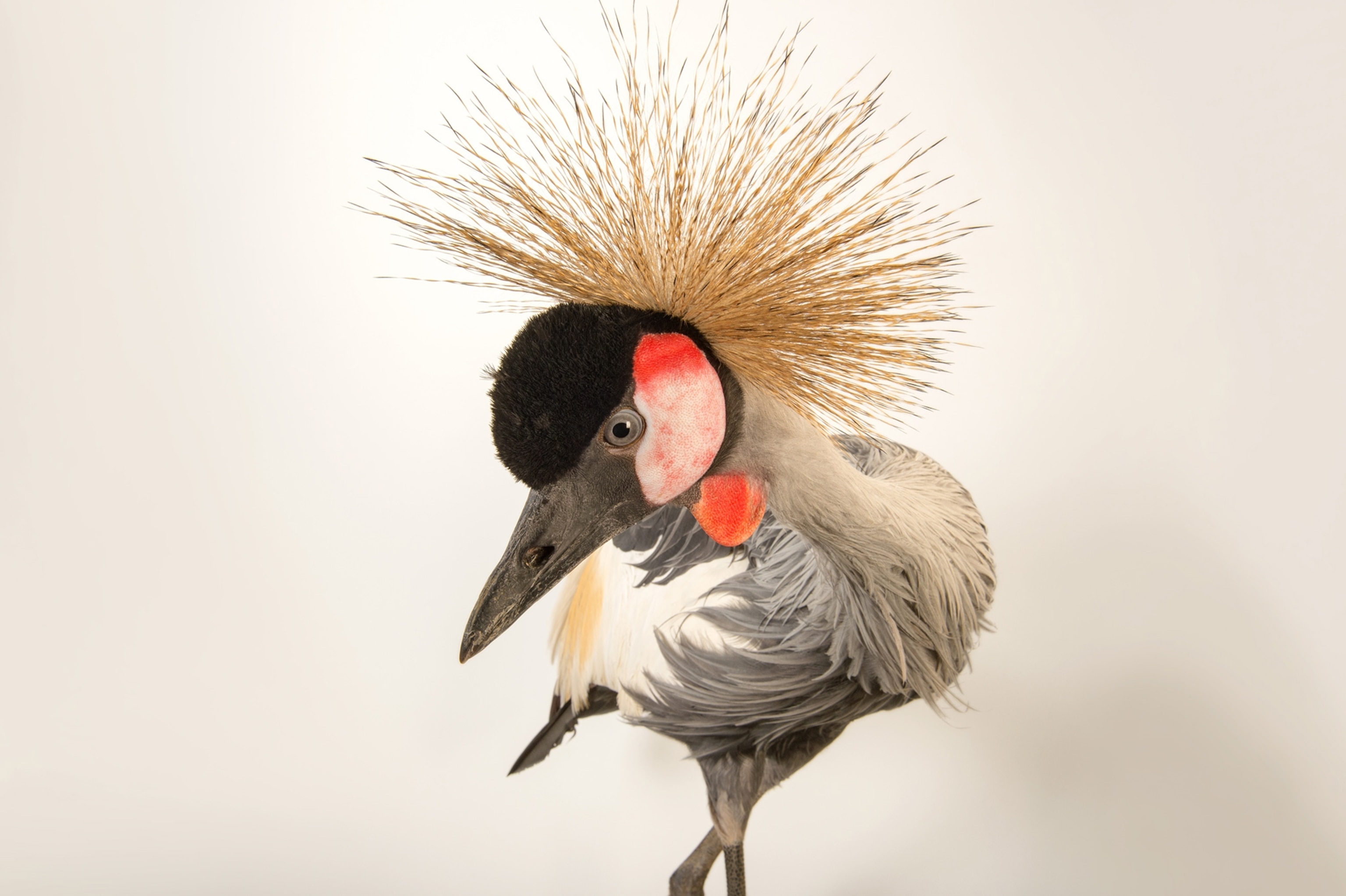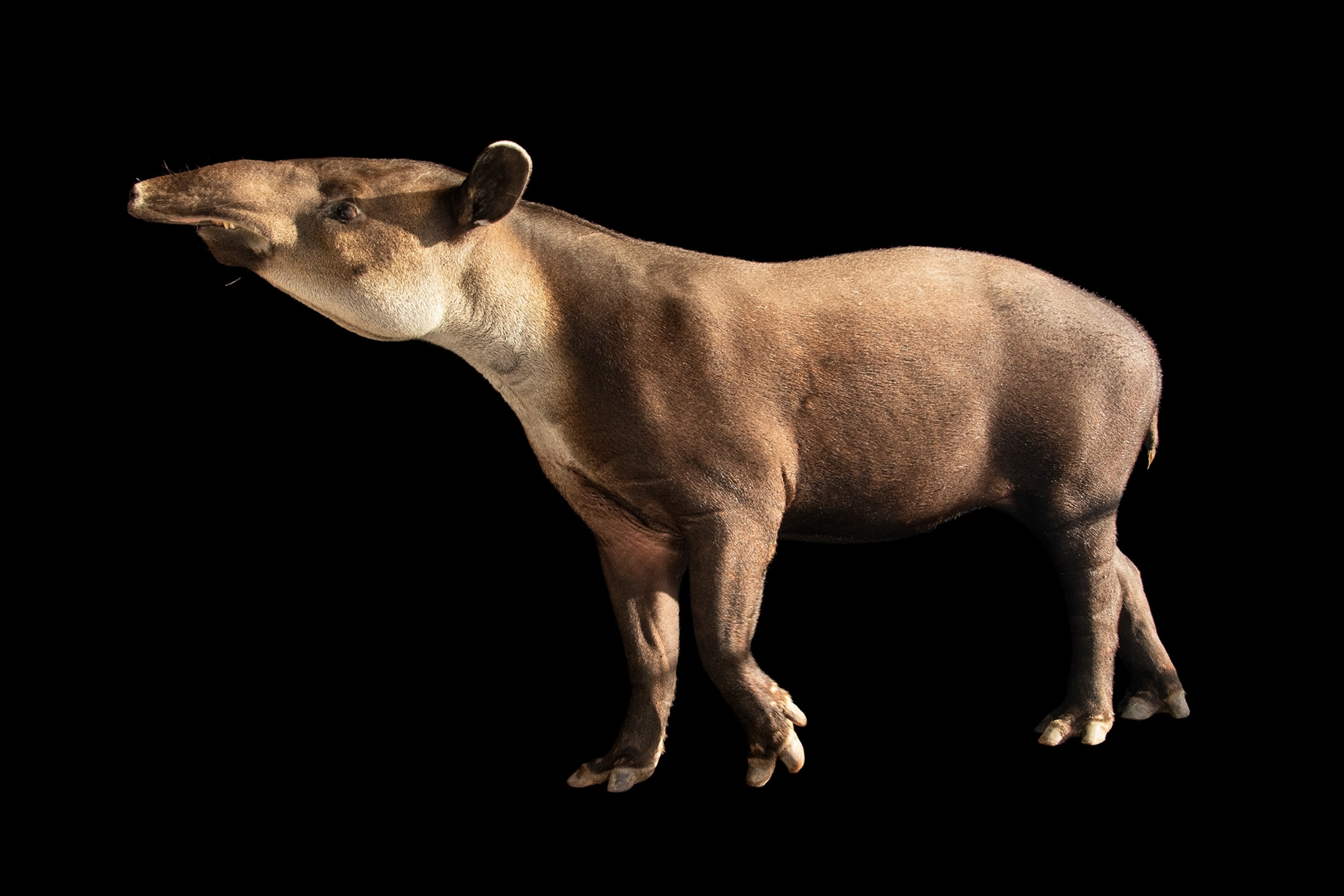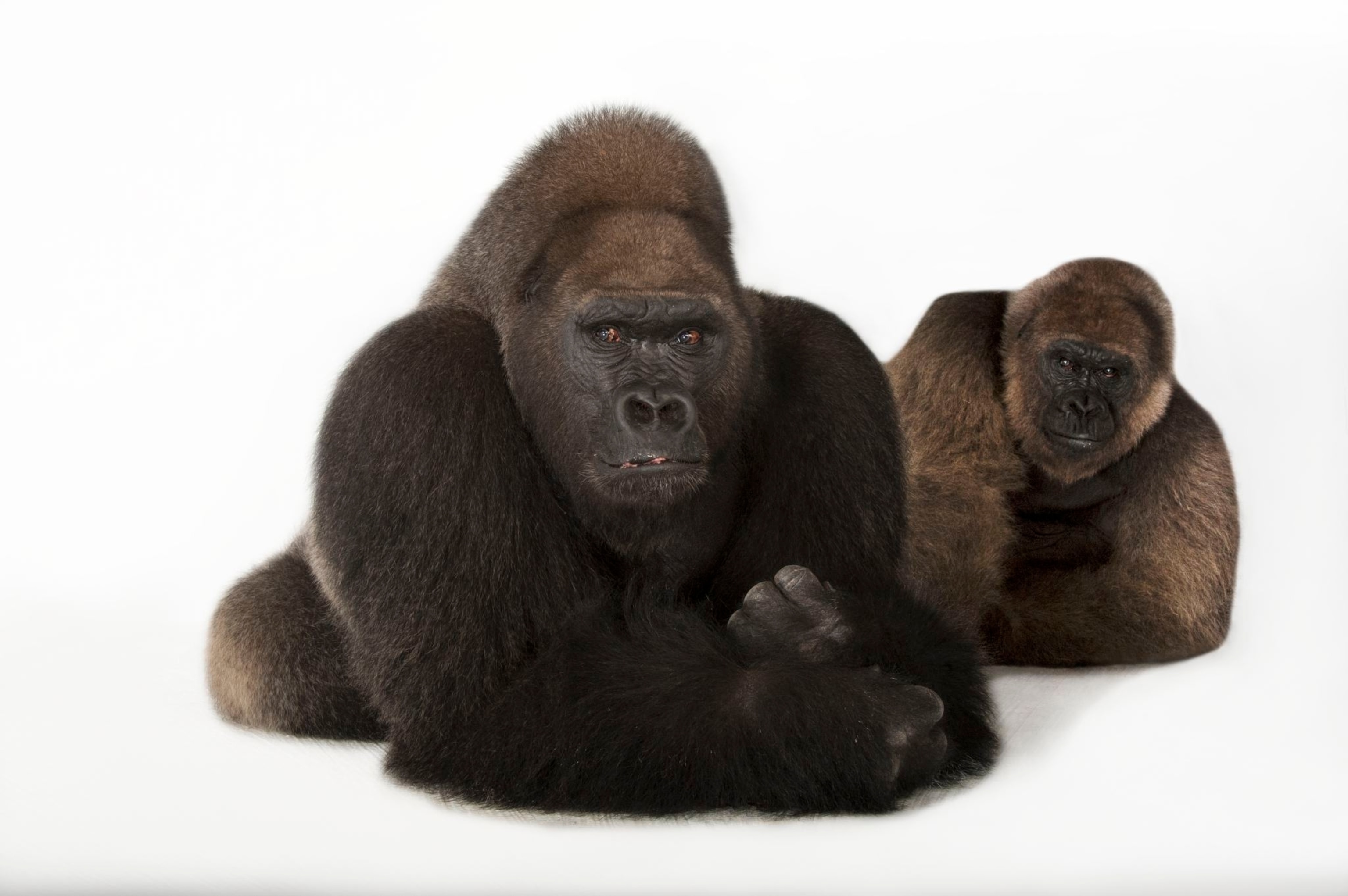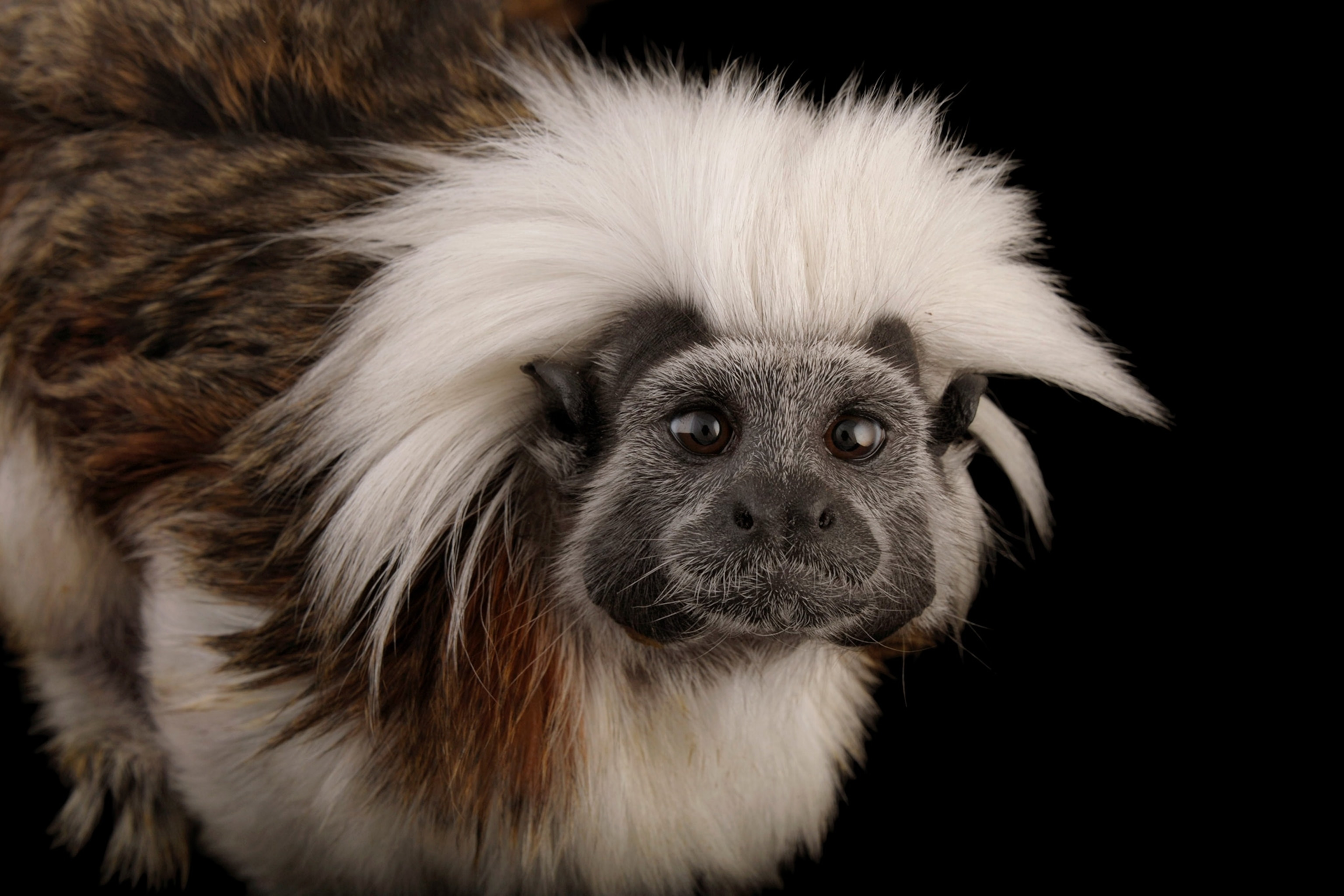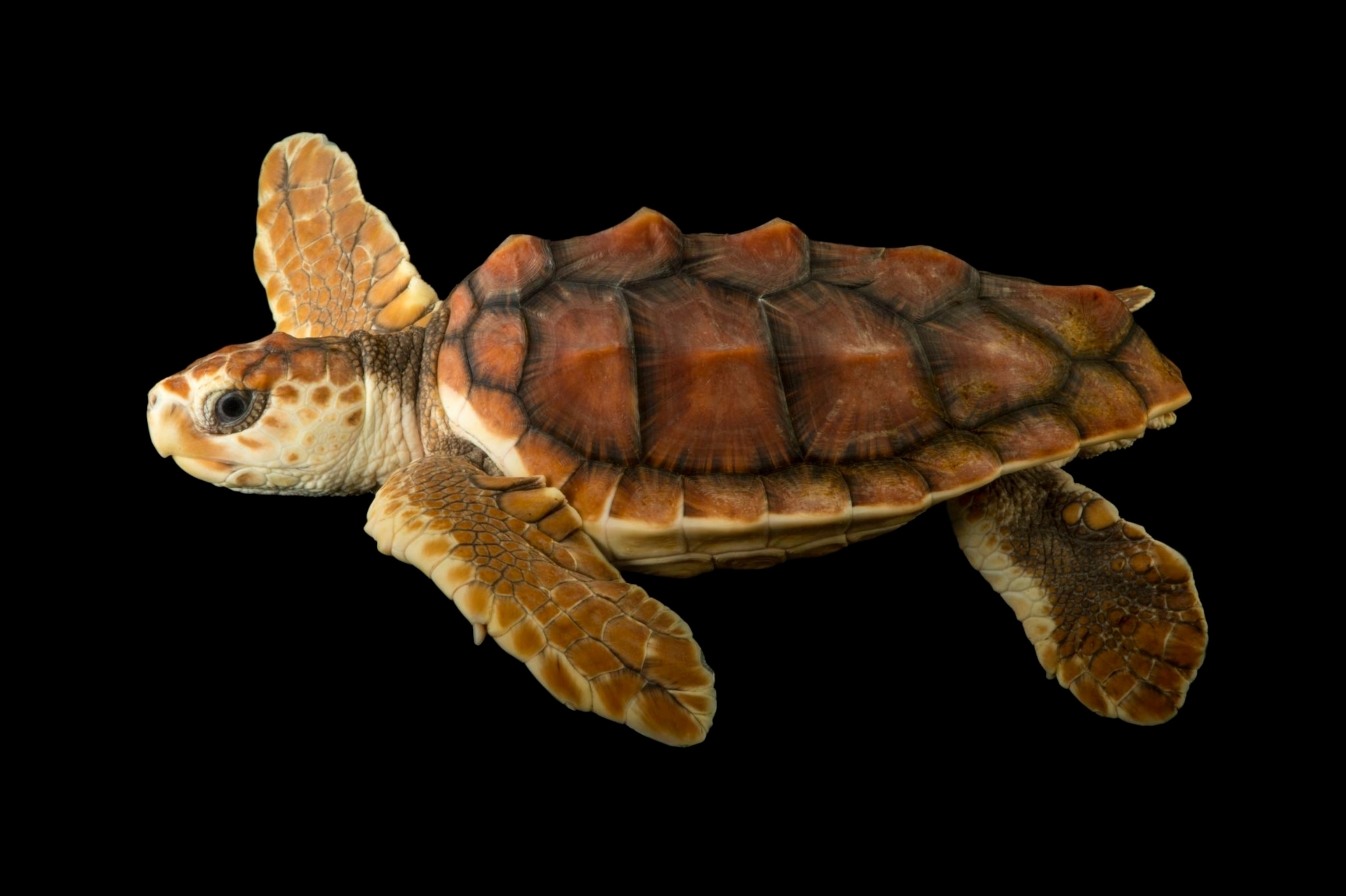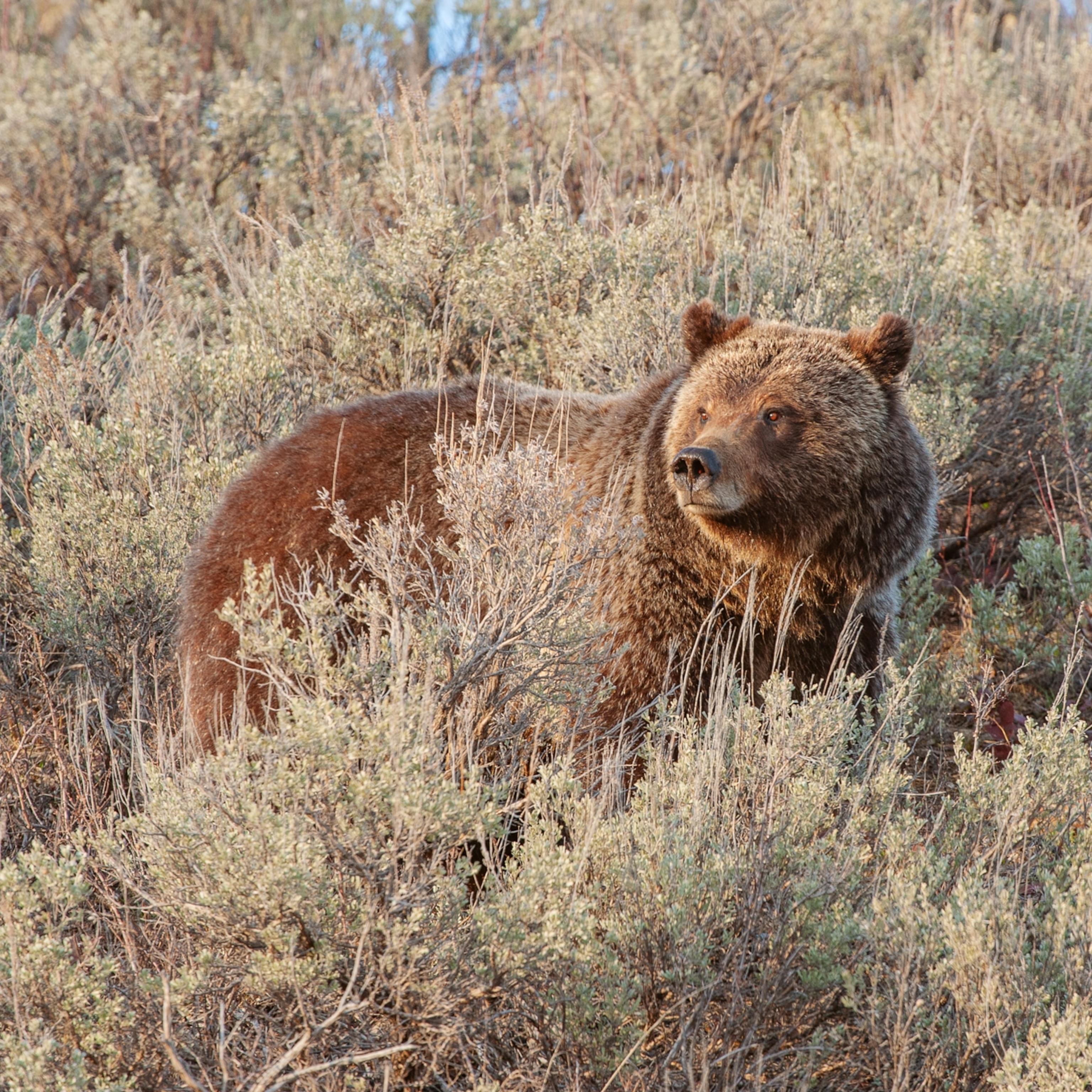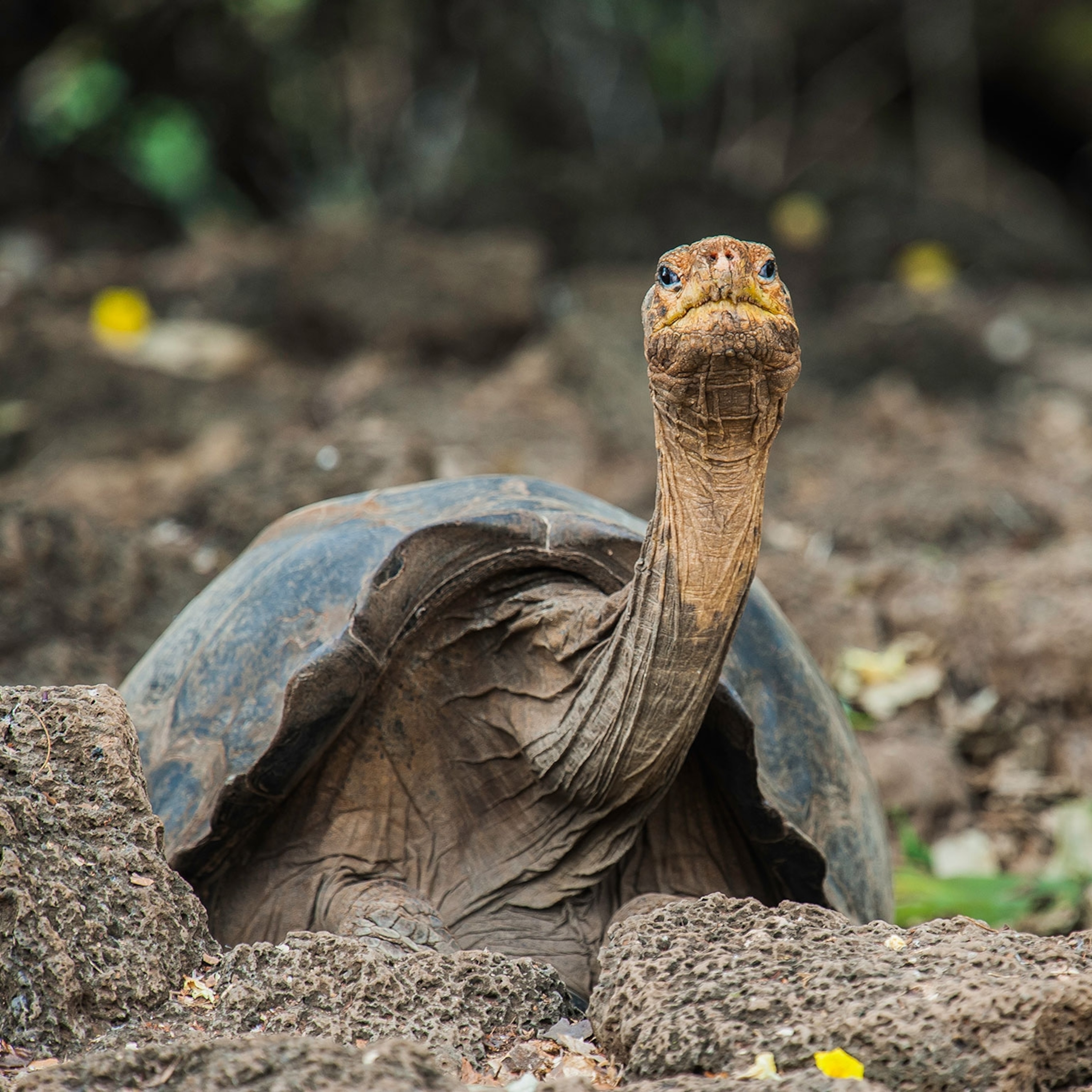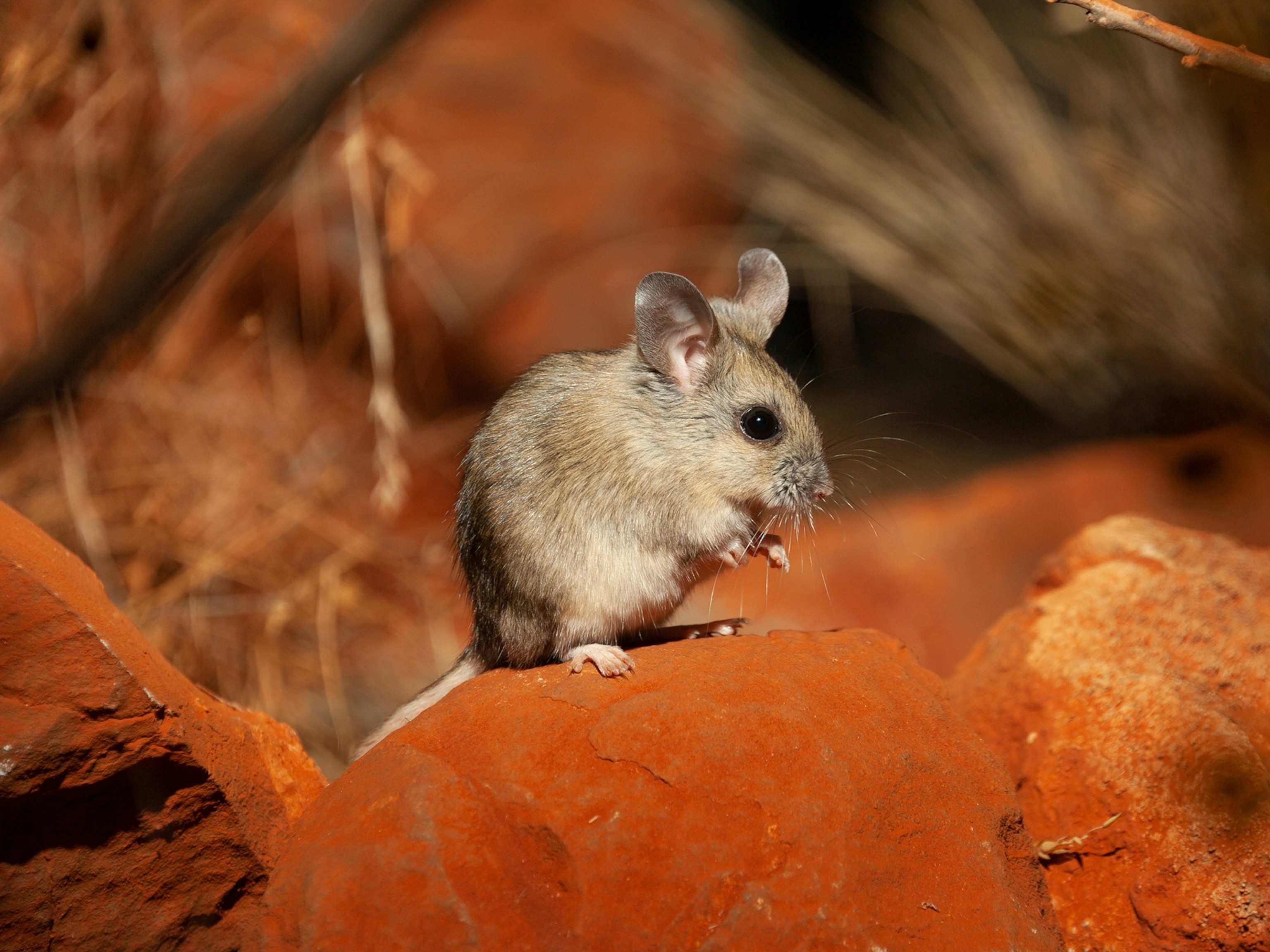These 50 animals are in peril. Here’s how you can help.
From conserving water to shopping more wisely, here are some simple tips to help save the world’s animals from extinction.
From the migratory monarch butterfly to the Columbian forest-dwelling cotton-top tamarin and the African elephant roaming the savanna, animals around the world are in peril. For those featured in the gallery above, threats like climate change, human development, and pollution are destroying their habitats and making it harder to find food and mates. Poaching and predators put their lives further at risk.
Yet there is still hope—and a role for everyone to play. While the threats these animals face are serious and require coordinated global efforts, even an act as simple as growing a garden or buying shade-grown coffee can make a difference.
Conserve water
The planet’s dwindling supply of fresh water is a significant threat to animals around the world. In East Asia, changes in precipitation linked to climate change and the construction of dams are shrinking the wetland habitats of red-crowned cranes. In sub-Saharan Africa, drought is forcing African elephants to travel farther than ever before in search of water—one of several reasons their population has plummeted. And in the United States, grizzly bears struggle to find enough food during times of drought.
Conserving water at home is one way to help mitigate these effects. It’s been estimated that Americans use between 80 and 100 gallons of water every day, so even small steps to reduce usage can add up. Turning off the faucet while you brush your teeth could save up to eight gallons per day, while using a dishwasher instead of hand washing could save up to 14.
Multinational companies and the agricultural industry’s water use dwarfs home use, so you can help save water on an even larger scale by encouraging them to reduce their huge water footprints. Rather than buying jeans that have been dyed with water, for example, consider buying denim that’s made sustainably with innovations that rely on light and air. Another way you can help is by eating less beef—a six-ounce steak requires hundreds of gallons of water to produce. Calculate your own water footprint here to brainstorm other ways you can reduce your water consumption.
Create a new habitat in your own yard
Monarch butterflies are the most recognizable butterflies in the world. But their population has been in decline for decades as milkweed—the only plant upon which these North American creatures lay their eggs, and the only food their caterpillars will eat—has disappeared. Though milkweed used to grow abundantly in and around agricultural fields, it has declined with increasing use of pesticides, the growth of housing and other types of urban development, and extreme weather events linked to climate change.
Fortunately, anyone with access to green space can help stem the loss of butterfly habitat. Conservationists encourage people to grow milkweed in their yards or in balcony pots. But before you plant, look up which milkweed seeds grows best in your region: While 73 species are native to the U.S., monarchs use only about 30 of them. Scientists developing conservation strategies for butterflies also need your help. They rely on citizen scientists—volunteers, that is—to help count and monitor monarchs.
Use fewer paper products
As forests around the world disappear, with them go the habitats of many animals. Northern white-cheeked gibbons are approaching extinction in the wild as loggers clear significant portions of Southeast Asia’s evergreen forests to produce timber products like lumber and paper. Cotton-top tamarins, too, are losing their Amazonian habitats. Deforestation not only reduces the canopy cover that protects these primates from predation but also makes it harder for them to find food.
We can all help slow the rate of deforestation by simply using less paper and by using less paper overall and buying only paper with high recycled content, which drives down demand for virgin timber. Consider using cloth towels and napkins rather than paper, and opt to go electronic with all your paperwork. When you do need paper, look for those certified as sustainable by organizations like the Forest Stewardship Council.
Choose reusables rather than plastics
Opting for reusable products over single-use plastics doesn’t help only forest-dwellers; It also makes a difference for marine animals. Studies have shown that plastic waste washes into the ocean at a rate of 8.5 million tons a year, harming or even killing species—including loggerhead sea turtles, whose numbers have dwindled, in part, as they become entangled in or ingest discarded plastics.
But there’s lots we can do to help protect these marine environments. As reusable shopping bags and coffee cups have become ubiquitous, innovators in the fight to reduce plastic waste have stepped up their game, designing novel delivery systems—from returnable stainless steel ice-cream containers to vending machines that dispense food and cleaning products into reusable containers.
Recycle electronics
Many species rely on the forests of the Congo Basin for food and protection. Chimpanzees sleep and eat in the trees; western lowland gorillas feed on their bark and pulp; and okapi use the dense vegetation to evade predators and poachers alike. But mining operations are destroying these forests to extract minerals such as coltan—used in making electronics like cell phones and laptops.
You don’t have to give up your gadgets to help protect these animals. Just be sure to recycle your electronics, through a certified responsible recycler, at their end of life. Processors will strip out their coltan, gold, tin, and tungsten so they can be used in new equipment, thus reducing demand for new mining.
Think as you shop
Checking labels as you browse the aisles of your local supermarket can make a difference for a variety of animals and habitats. For example, avoiding products that contain palm oil—which goes by many different names and shows up in a range of household products, from pizza dough to lipstick—can help support Sumatran tigers, whose tropical rainforests have shrunk by nearly 20 percent as oil palm plantations have expanded in Indonesia.
Buying shade-grown coffee not only helps to preserve the forest canopy that shelters coffee plants, it also protects the habitat of giant anteaters, the most threatened mammals in Central America, and a variety of bird species.
Even the type of booze you choose can help save an animal. Lesser long-nosed bats pollinate blue agave plants across the desert ecosystems of Mexico and the southwestern U.S., but they became endangered as tequila producers, seeking to raise their plant’s sugar content, began to clip the succulents’ flowers before they could be pollinated. Buying bat-friendly tequila—a label created by conservationist and National Geographic Explorer-at-Large Rodrigo Medellín—supports producers who allow their blue agave to bloom.
Today, lesser long-nosed bats have been brought back from the brink of extinction. Their population has risen from about a thousand in the late 1980s to around 200,000. Bat-friendly tequila, of course, was just one of many factors in this species’ resurgence. But every little bit—especially if it’s tasty—helps.


